

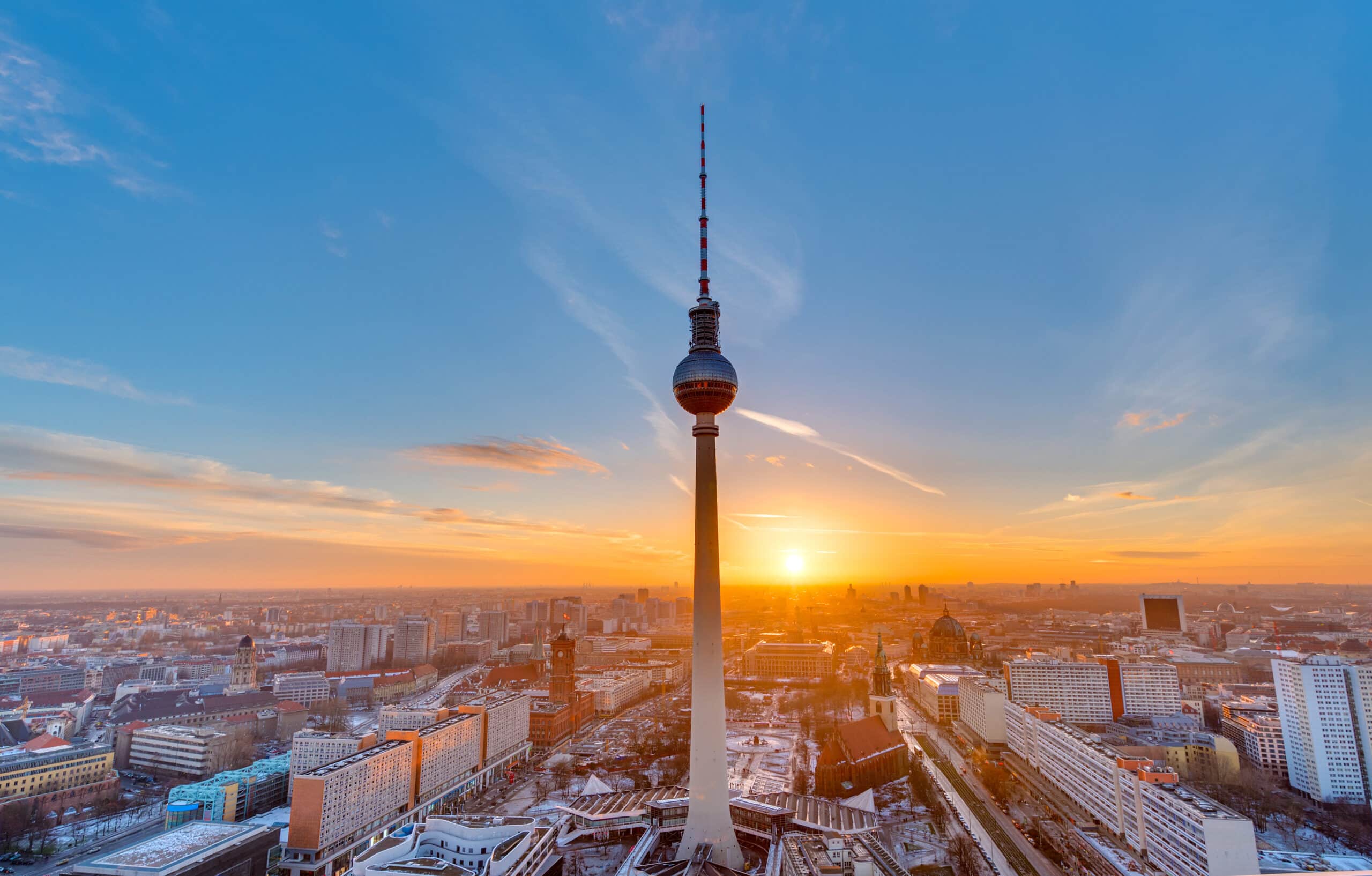
Germany awaits you for an unforgettable adventure. Whether you wish to explore its historically rich cities like Berlin, follow a fairytale route in Bavaria, or immerse yourself in the preserved nature of the Black Forest, we have the perfect trip to delight you. Get ready for a unique experience, contemplating majestic castles, strolling through enchanting Christmas markets, and enjoying a friendly atmosphere. All this for a guaranteed escape.
A rich and complex history
From Roman remains to the Berlin Wall, an ever-present past that has shaped the country and Europe.
Varied landscapes
From the Bavarian Alps to the North Sea and Baltic coasts, through dense forests, river valleys, and romantic lakes.
A dynamic cultural life
World-renowned museums, a vibrant music scene, traditional festivals, and architecture ranging from medieval to contemporary.
Friendly traditions
Beer festivals, Christmas markets, “Gemütlichkeit” (friendliness), a warm way of life.
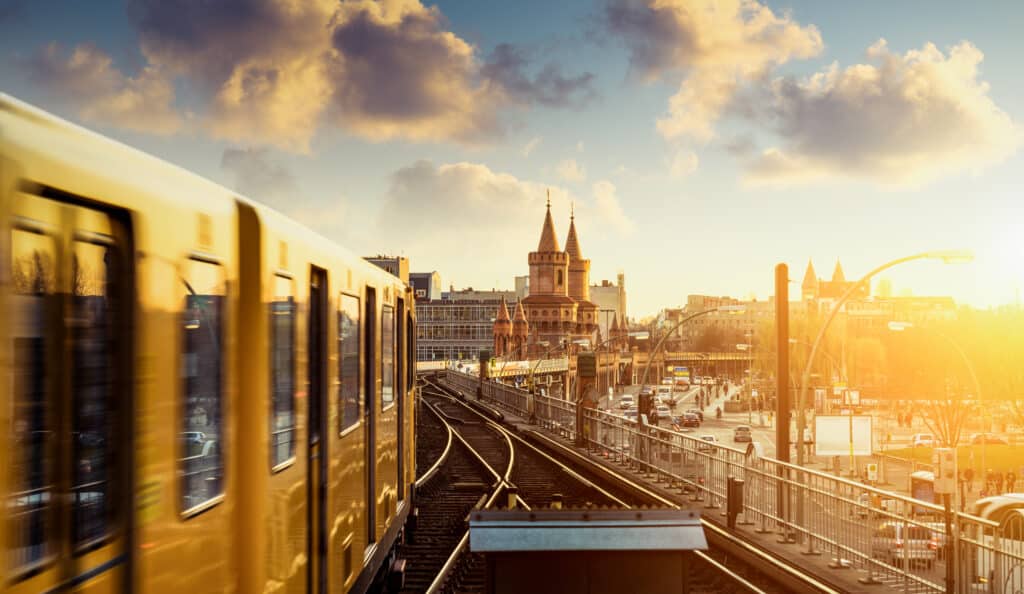
€307
price per person



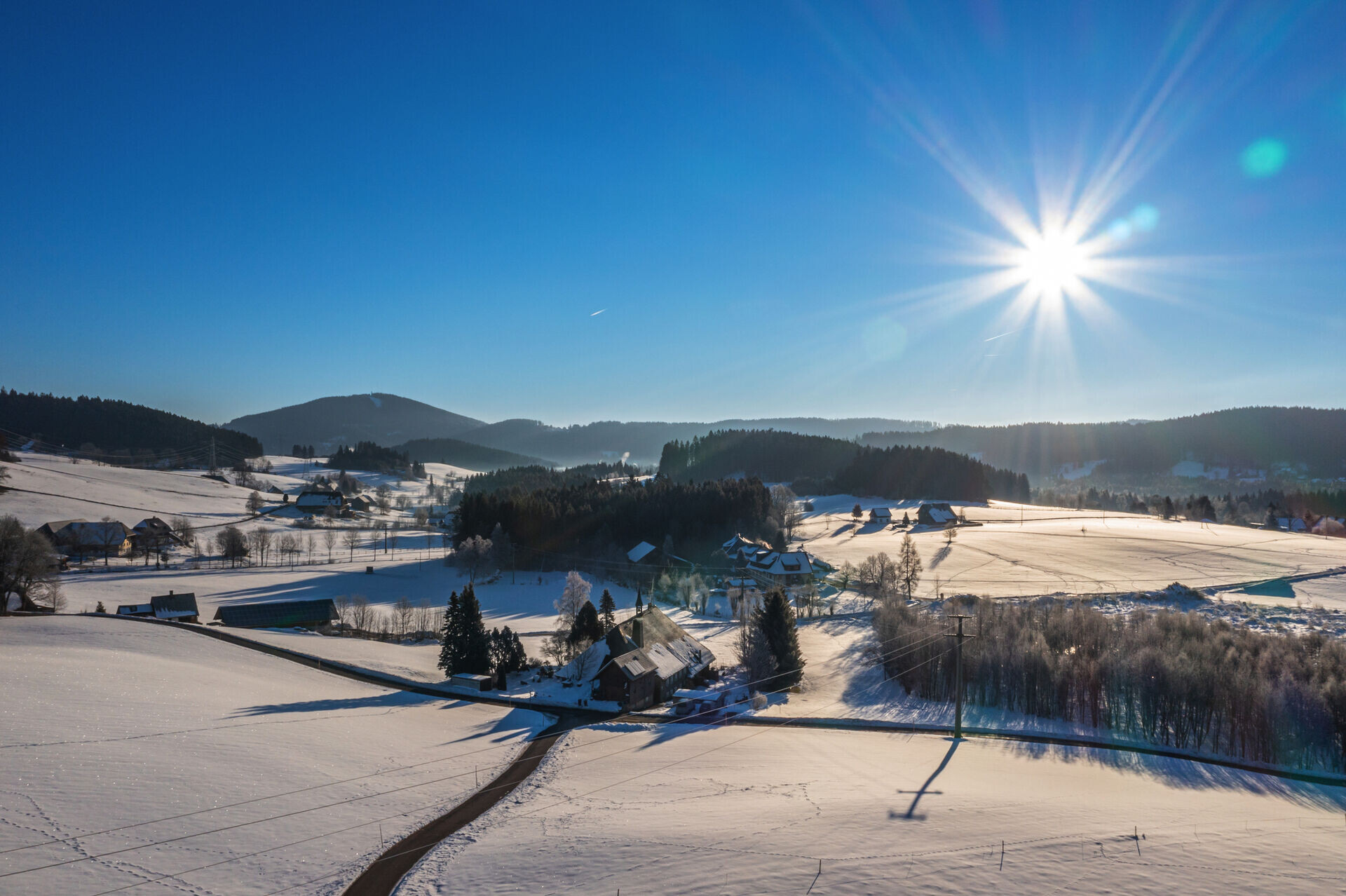
140€
price per person

995€
price per person
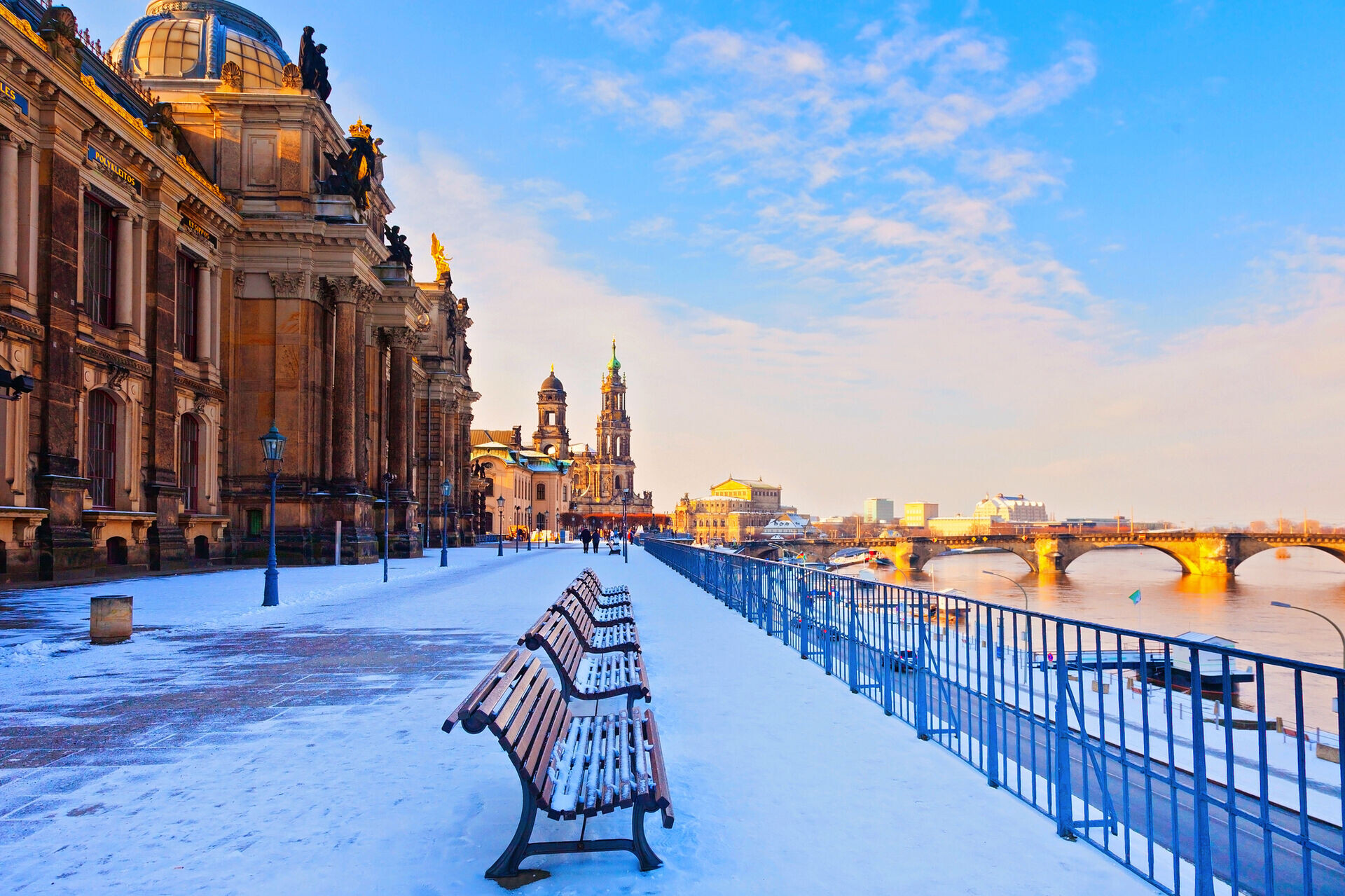
990€
price per person
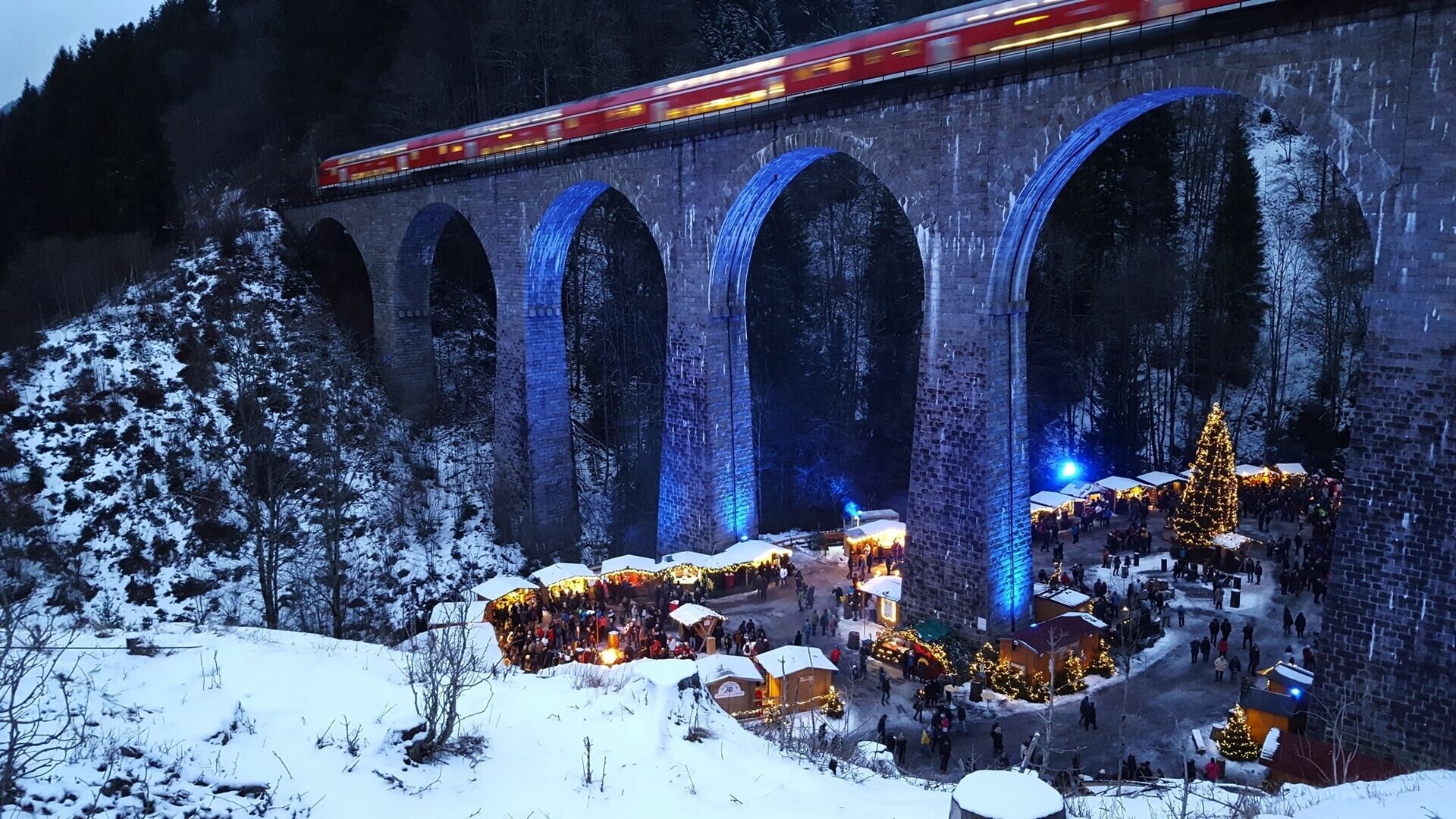
595€
price per person
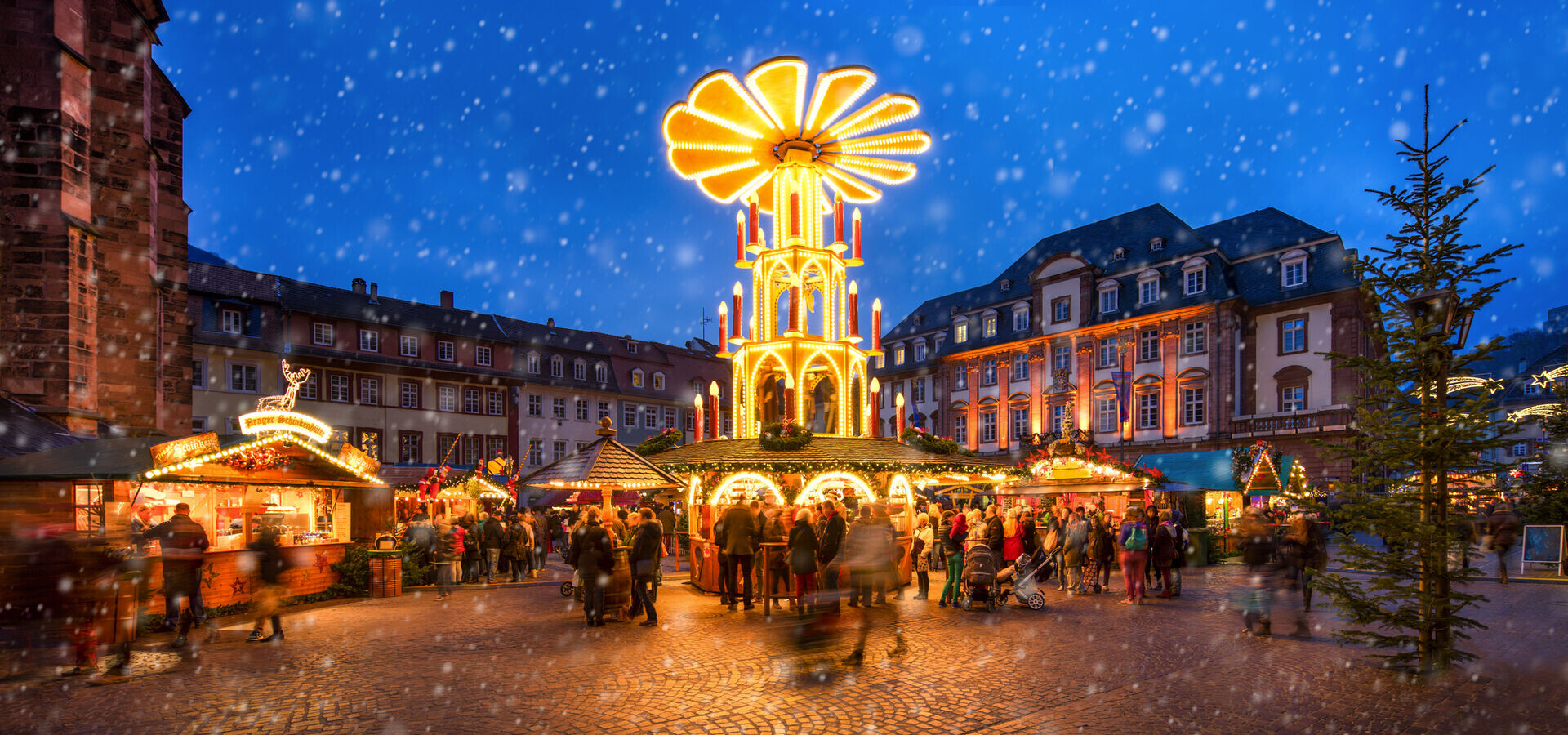
250€
price per person
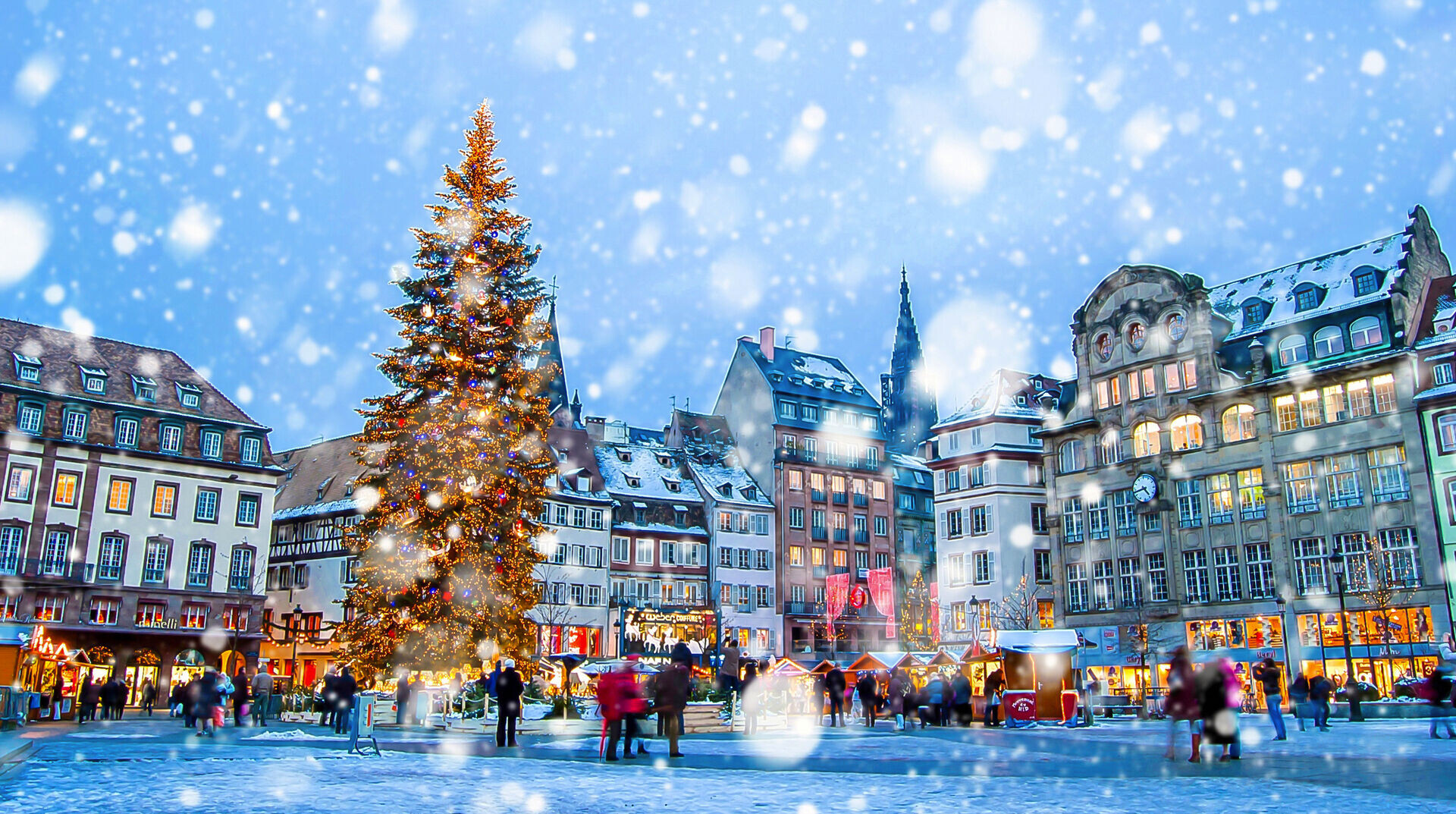
995€
price per person
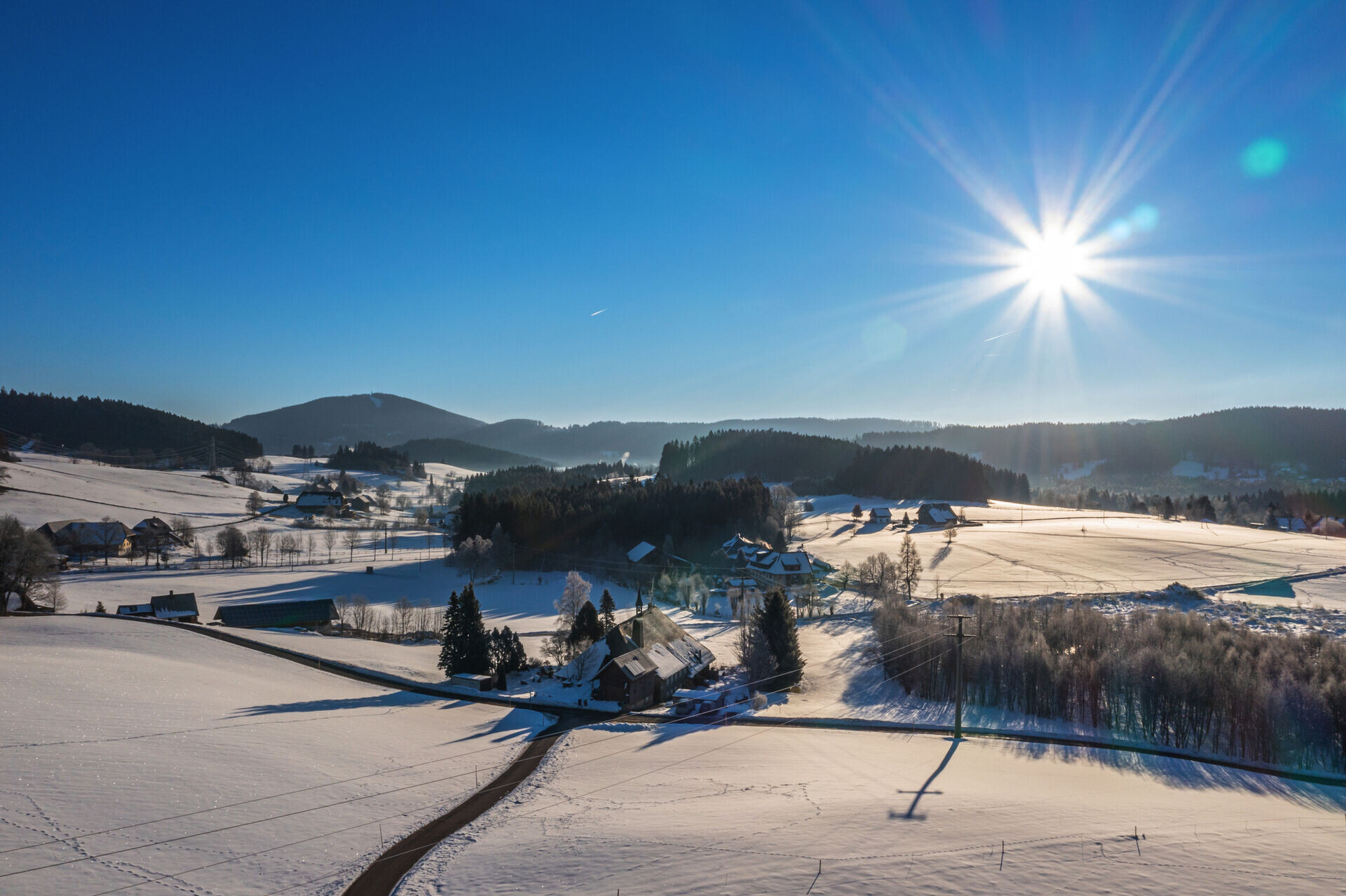
140€
price per person
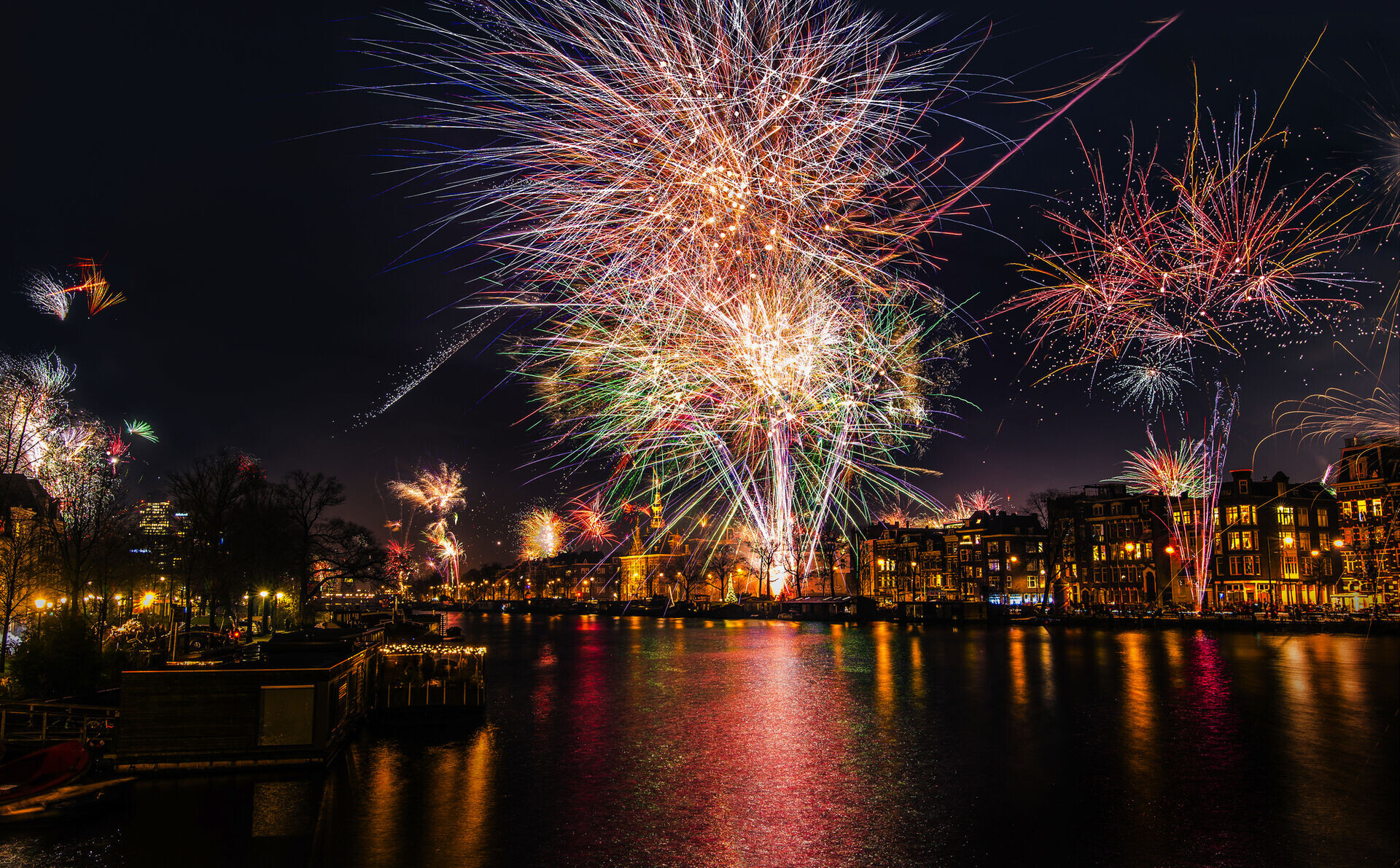
1695€
price per person
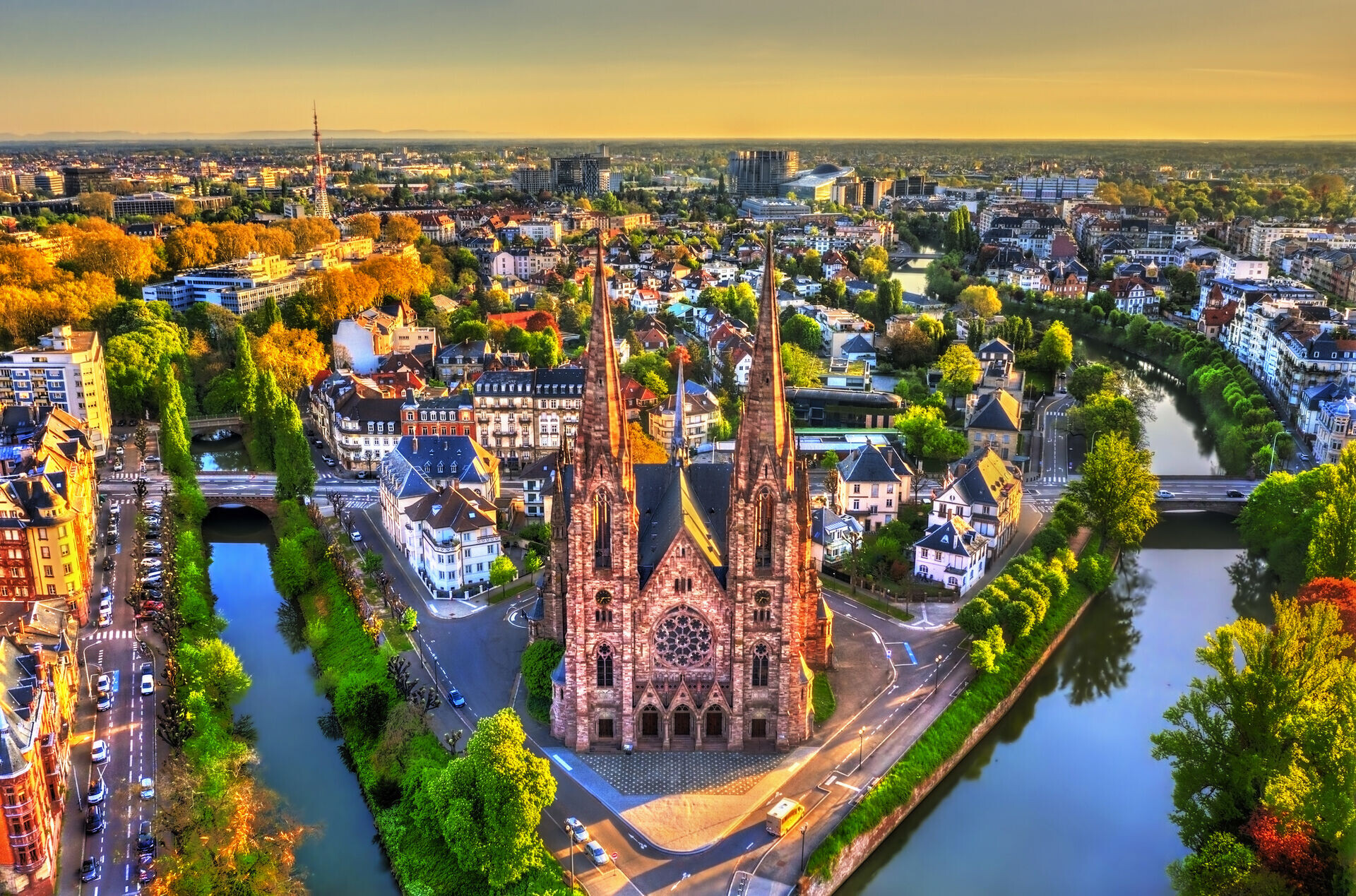
1545€
price per person

880€
price per person
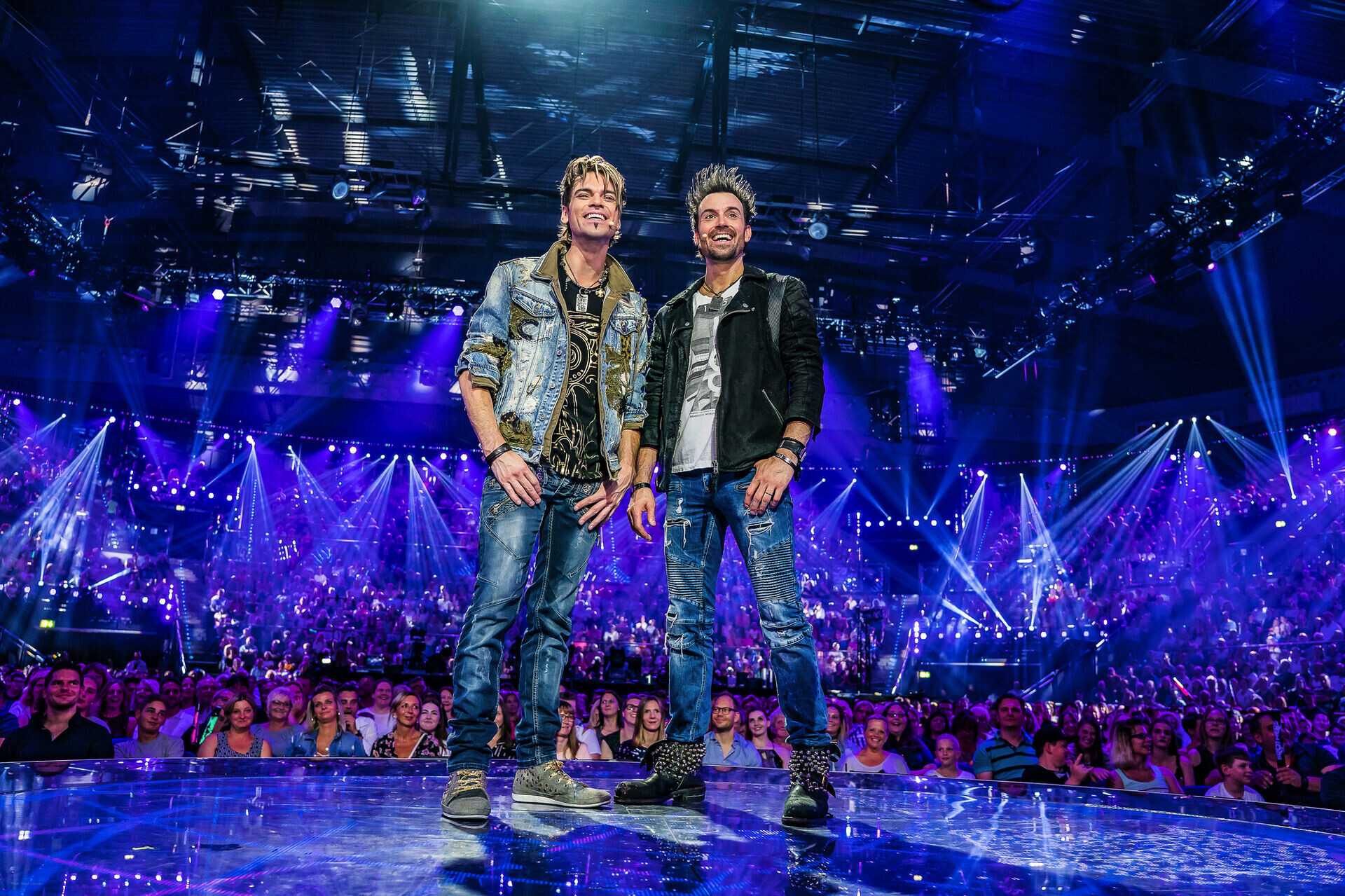
475€
price per person
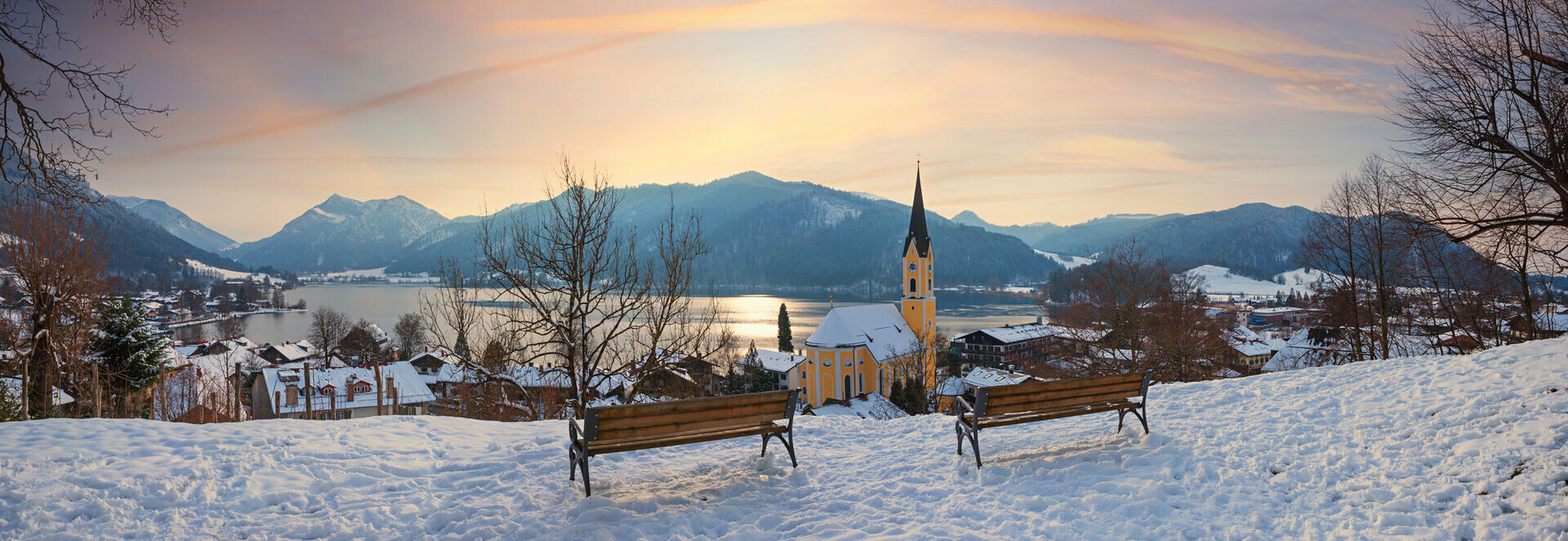
1760€
price per person
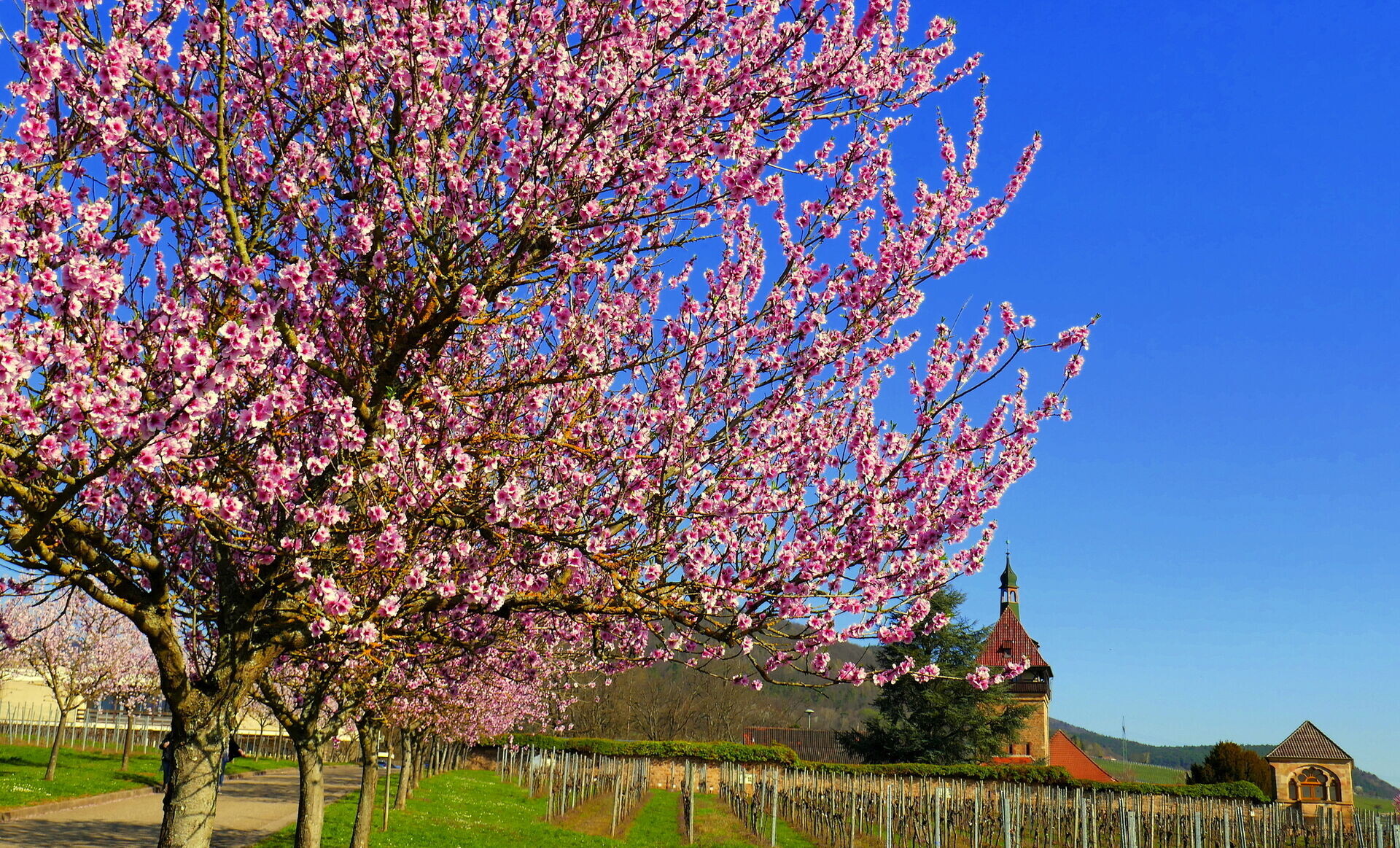
690€
price per person

1095€
price per person
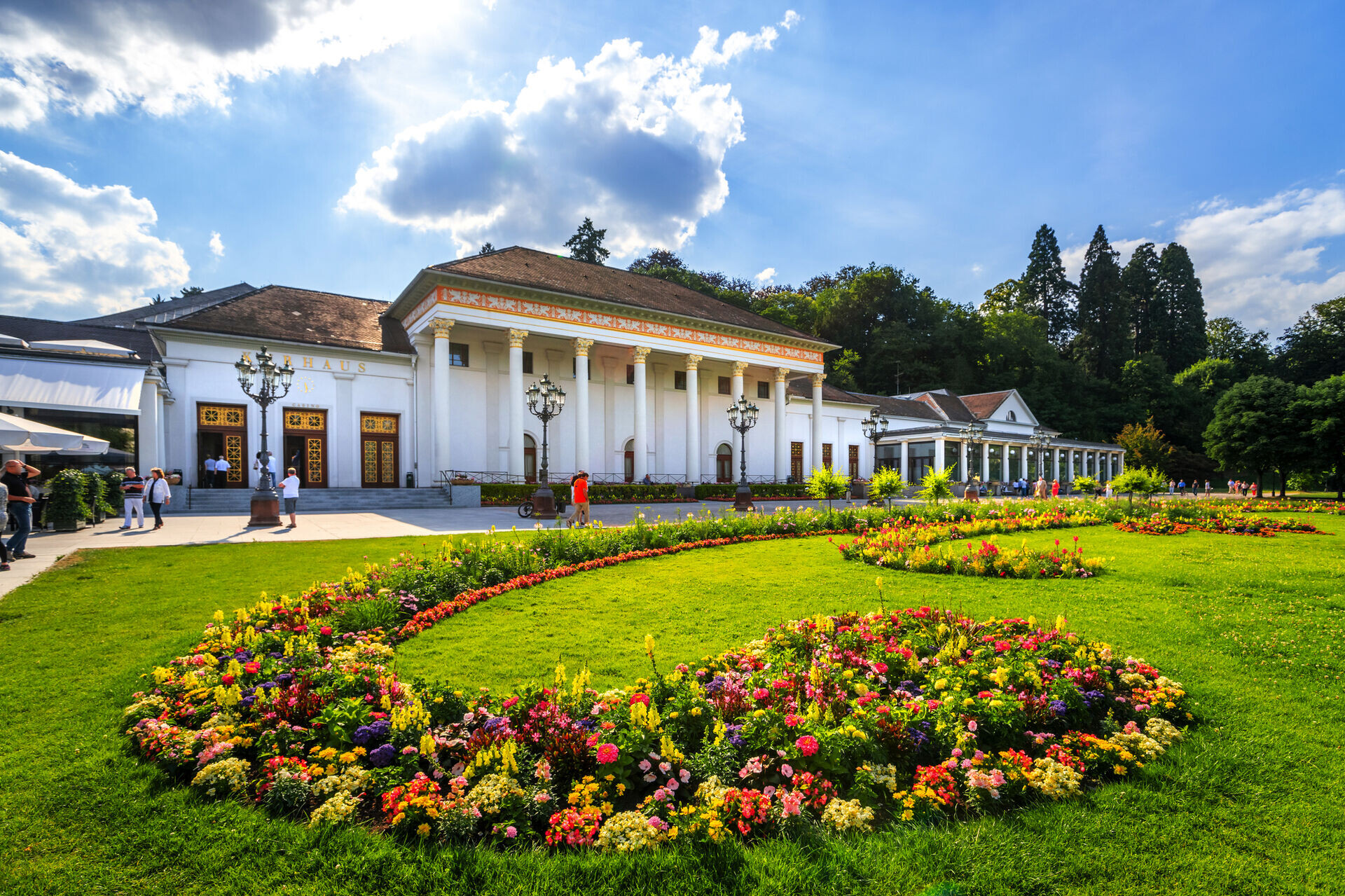
1240€
price per person
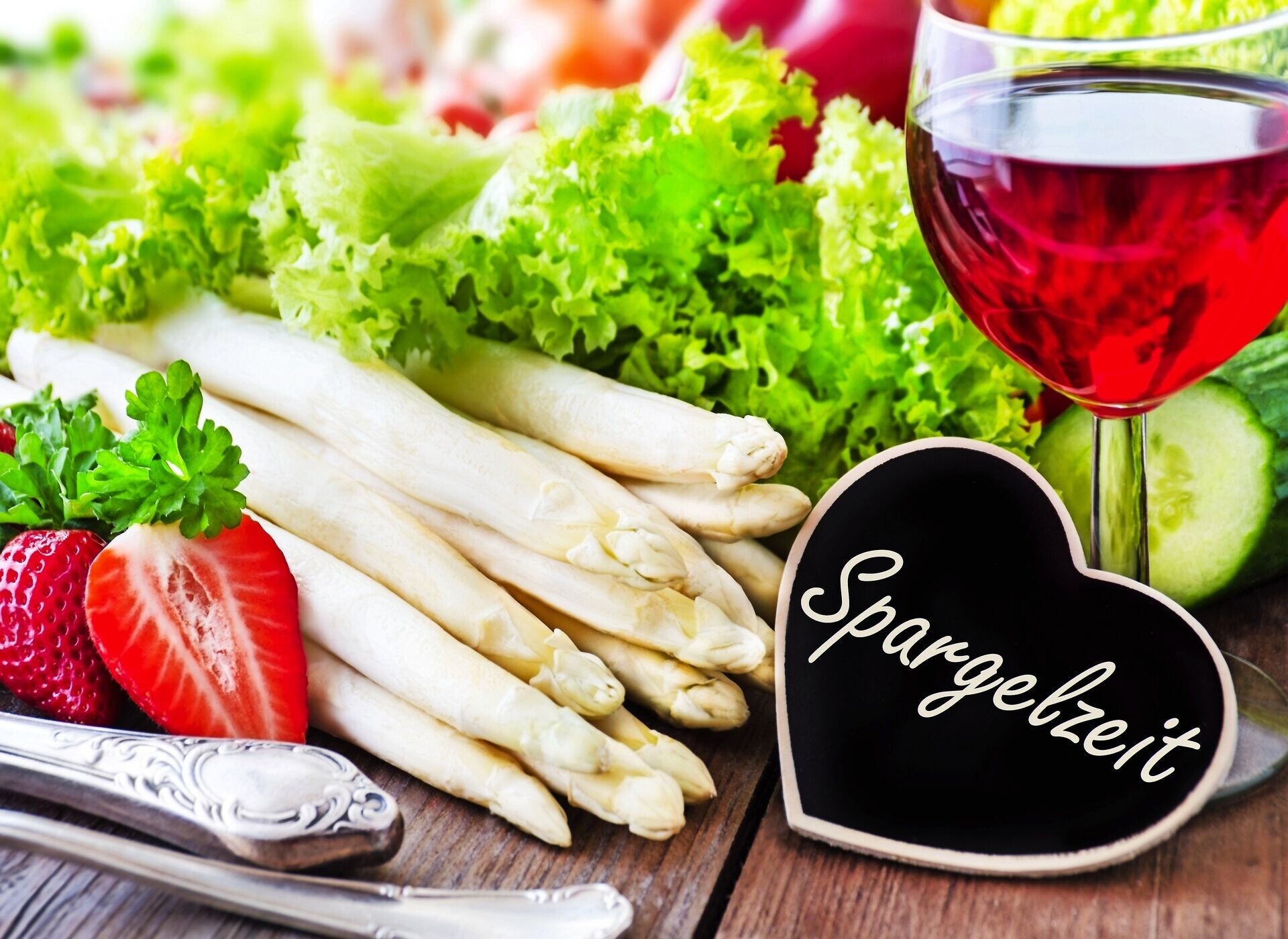
590€
price per person
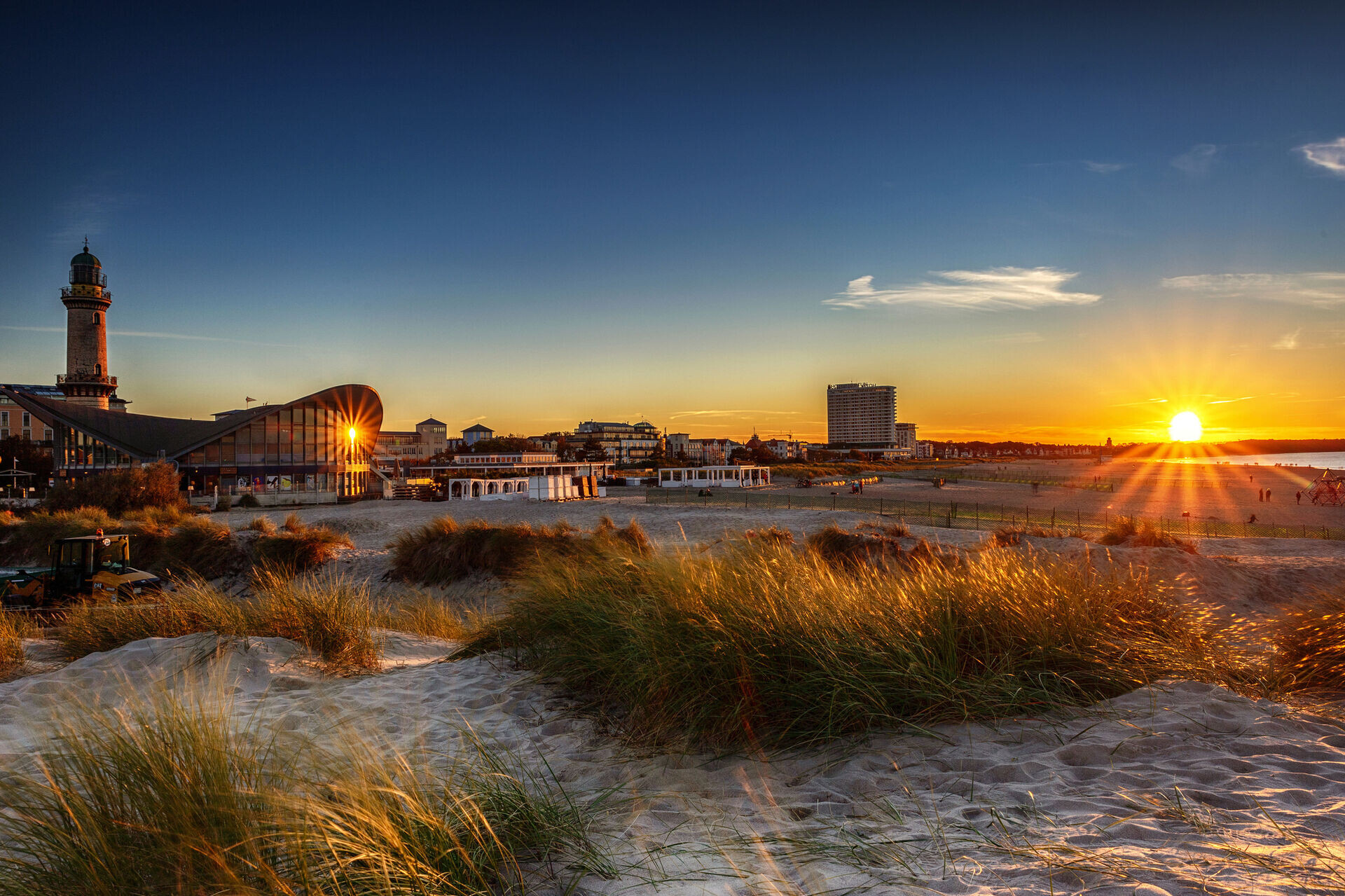
2419€
price per person
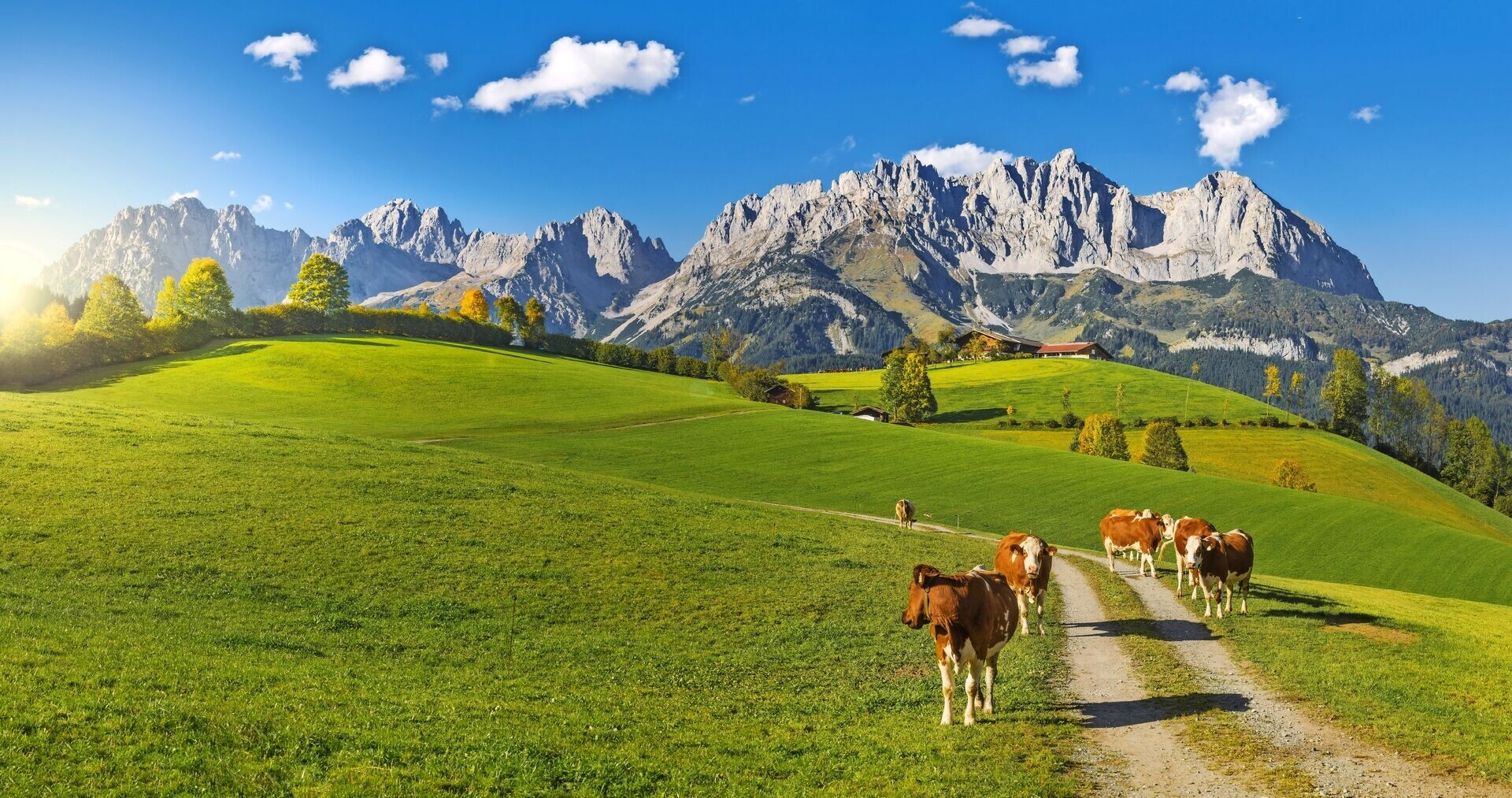
865€
price per person
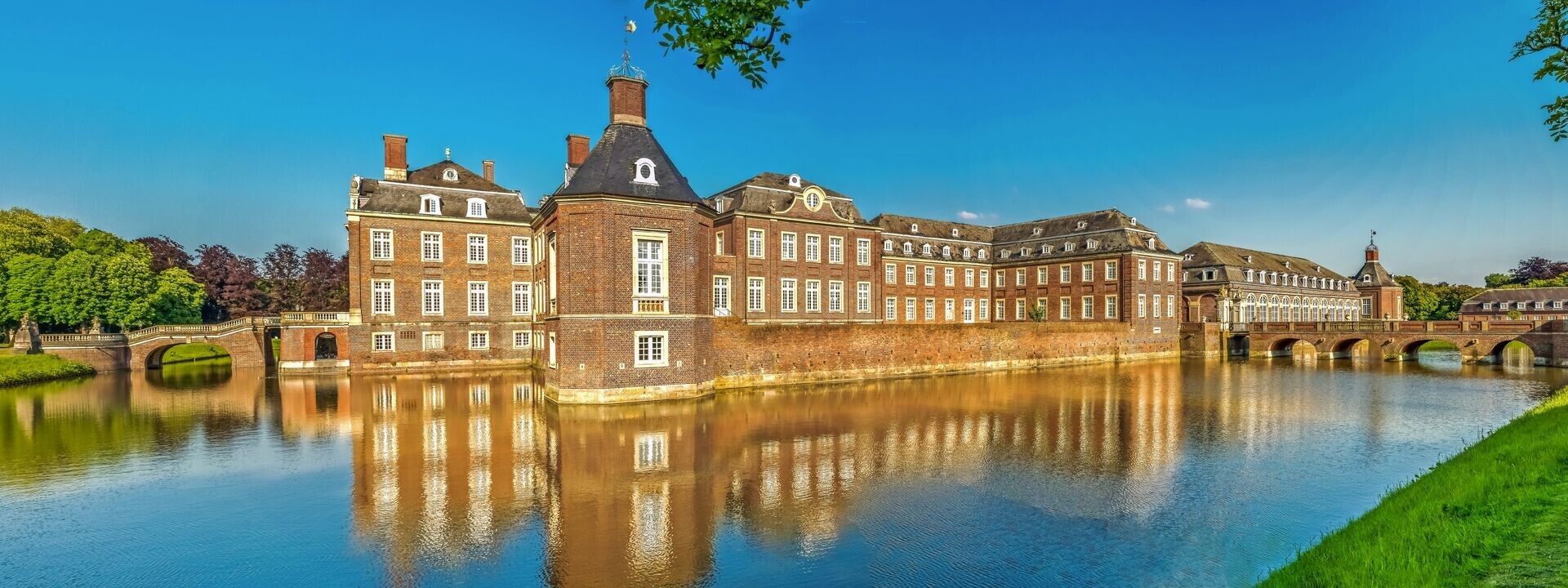
995€
price per person
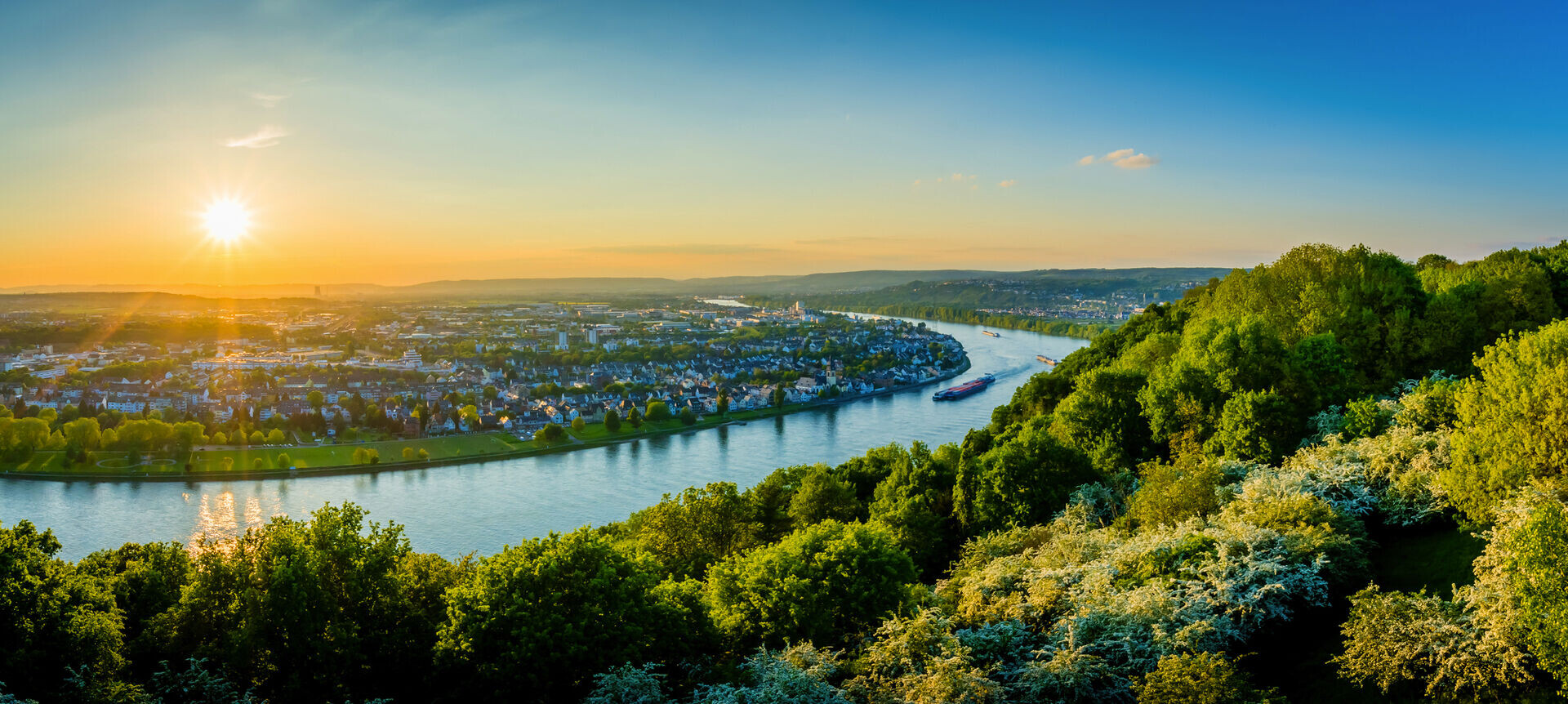
1445€
price per person
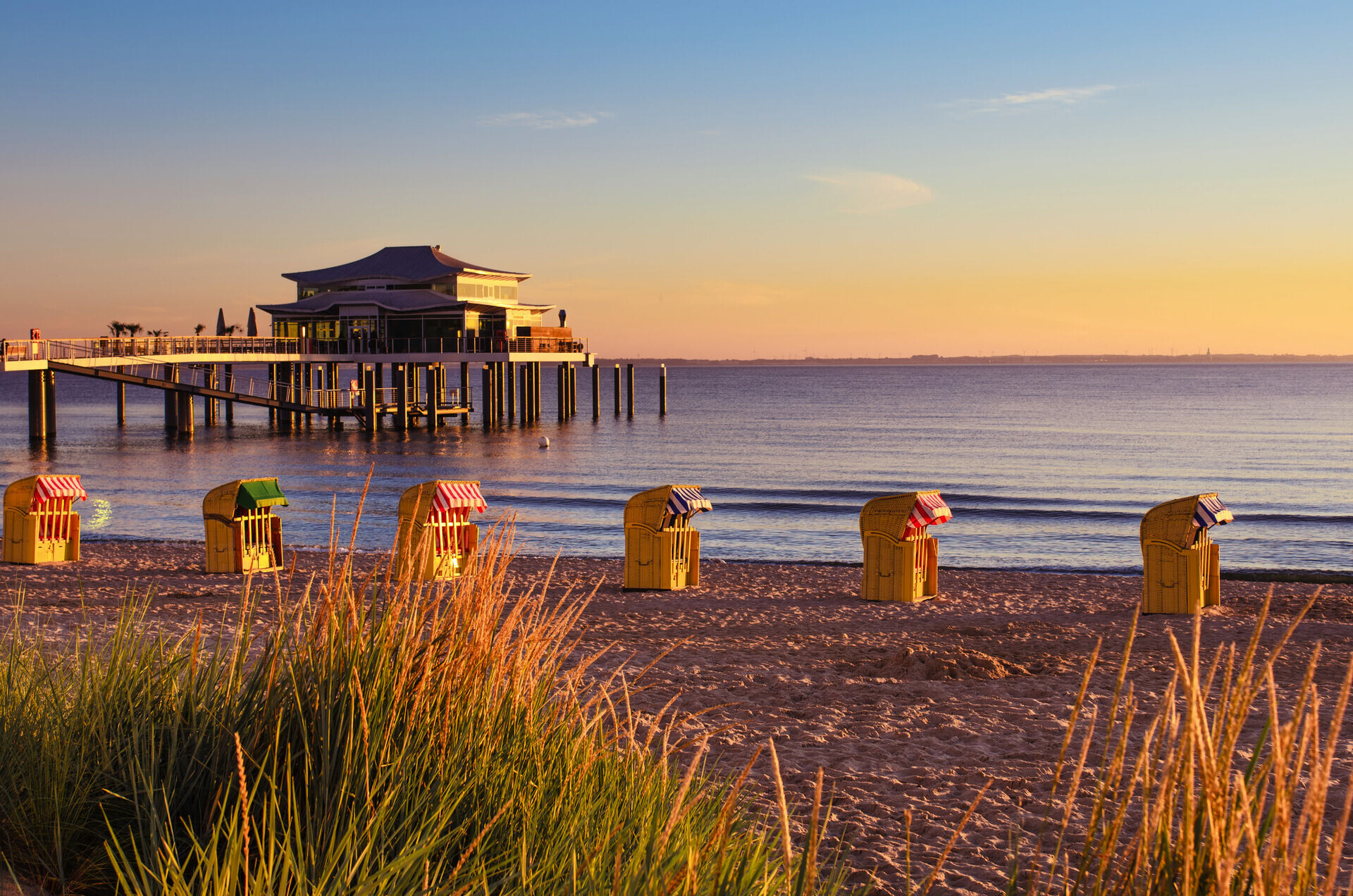
1385€
price per person

685€
price per person
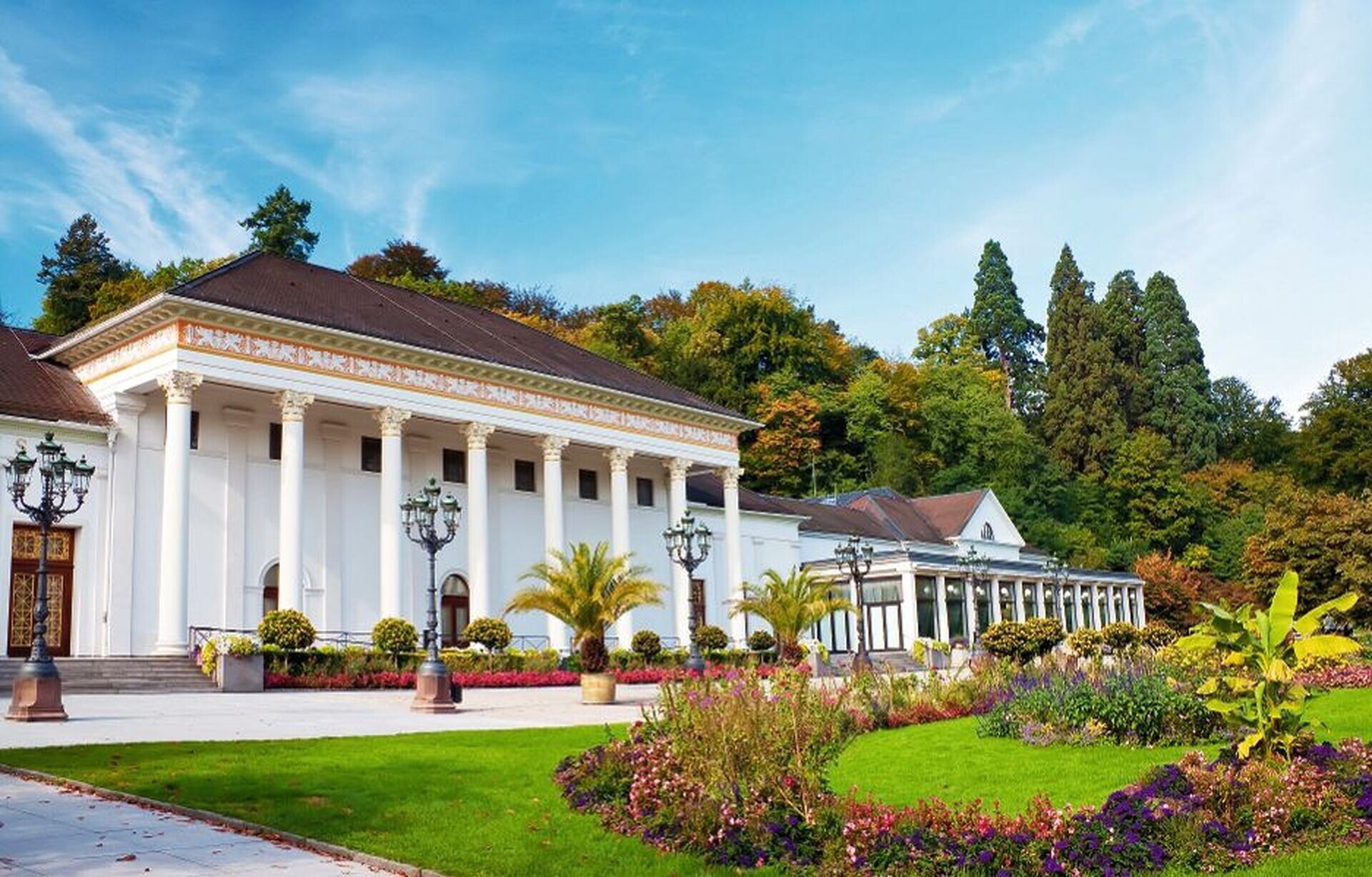
795€
price per person
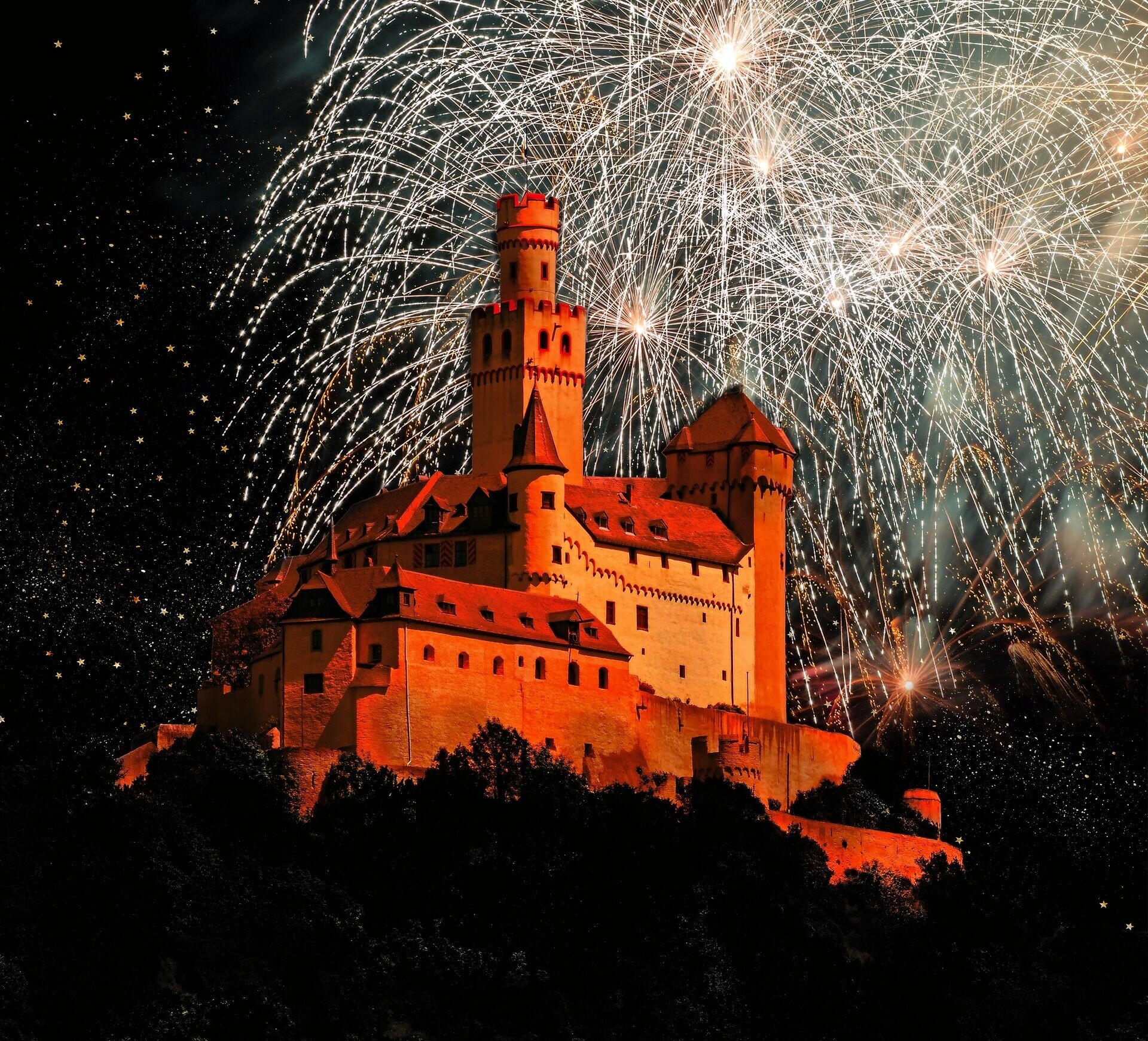
1745€
price per person
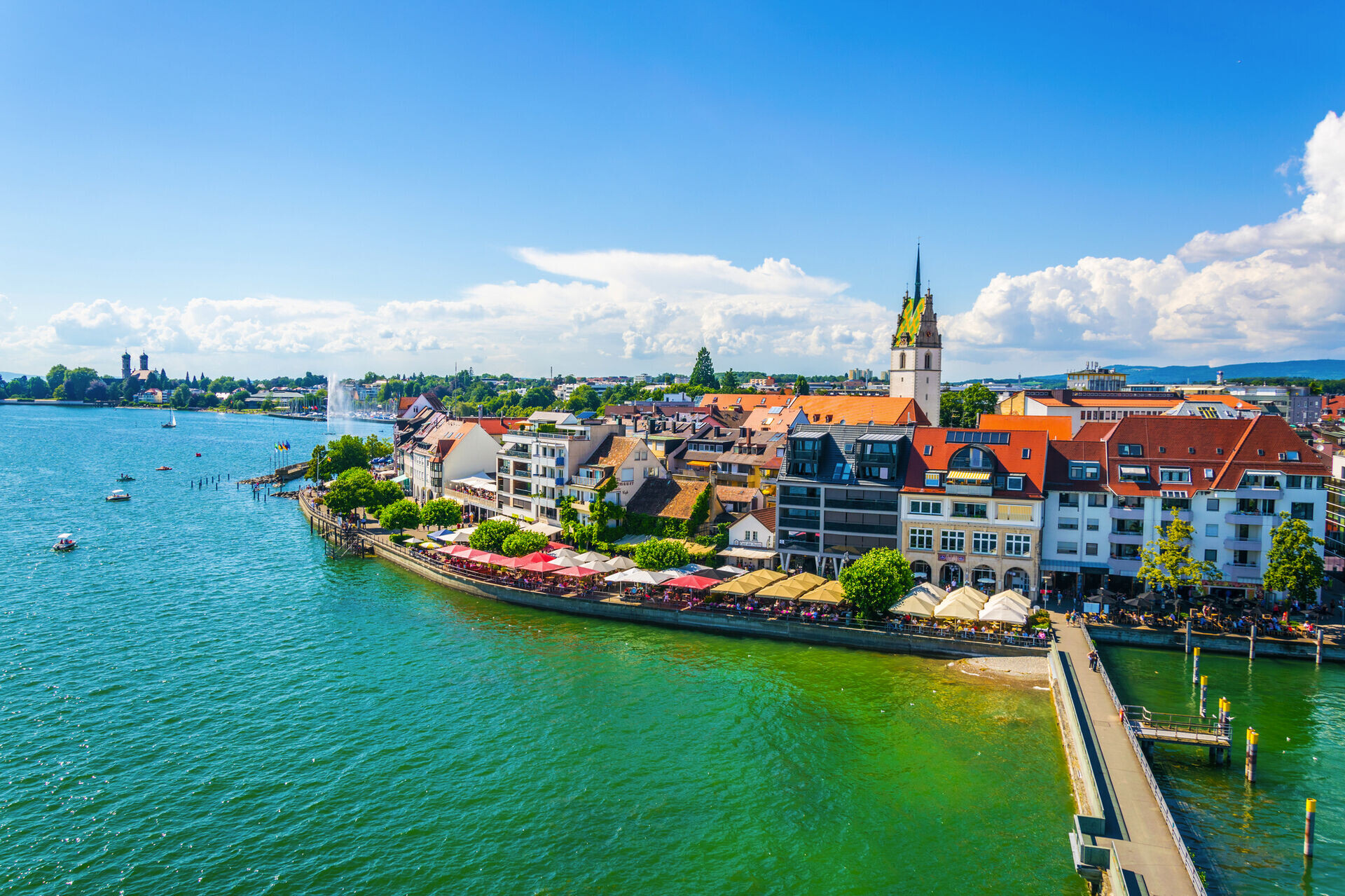
1480€
price per person
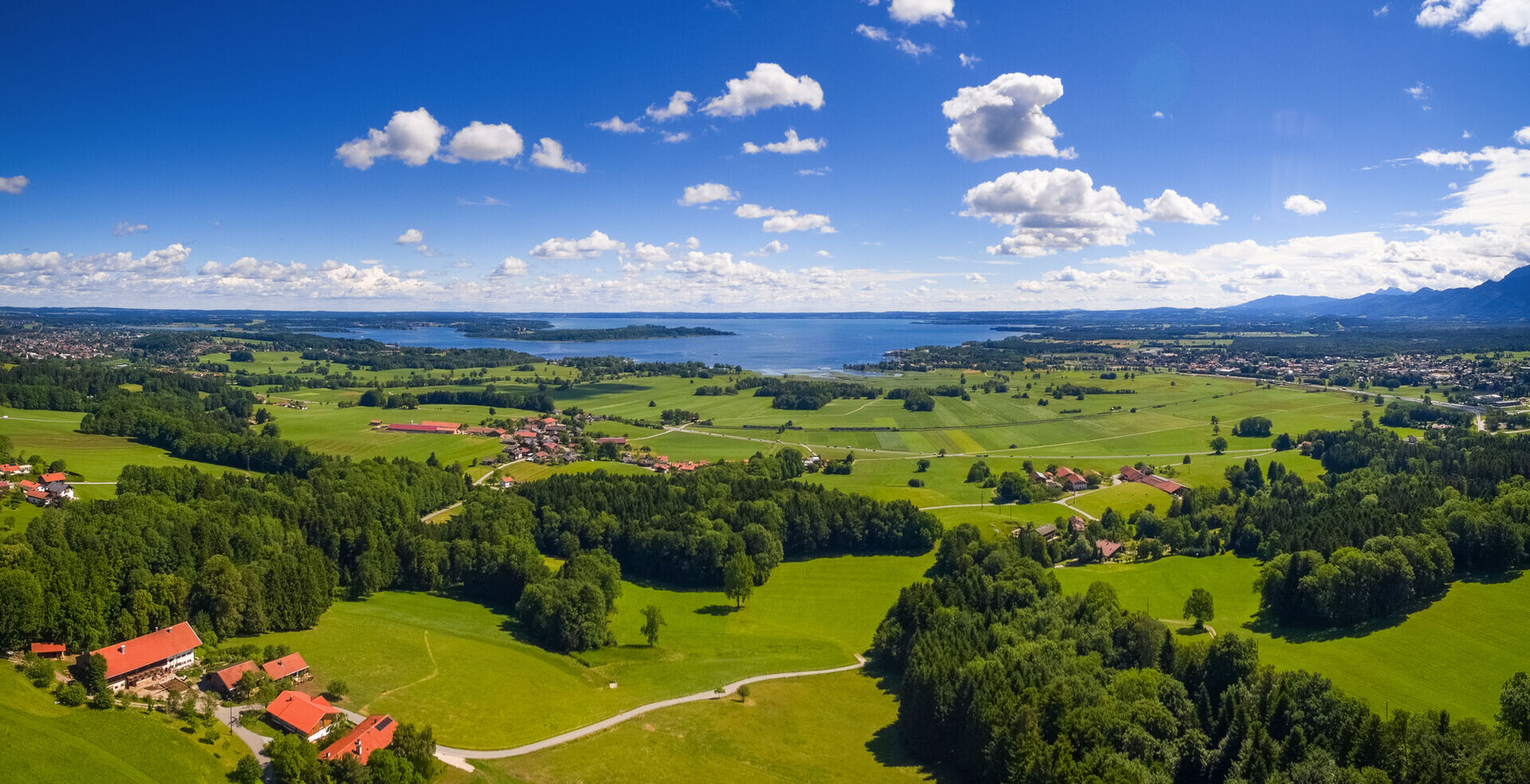
1320€
price per person
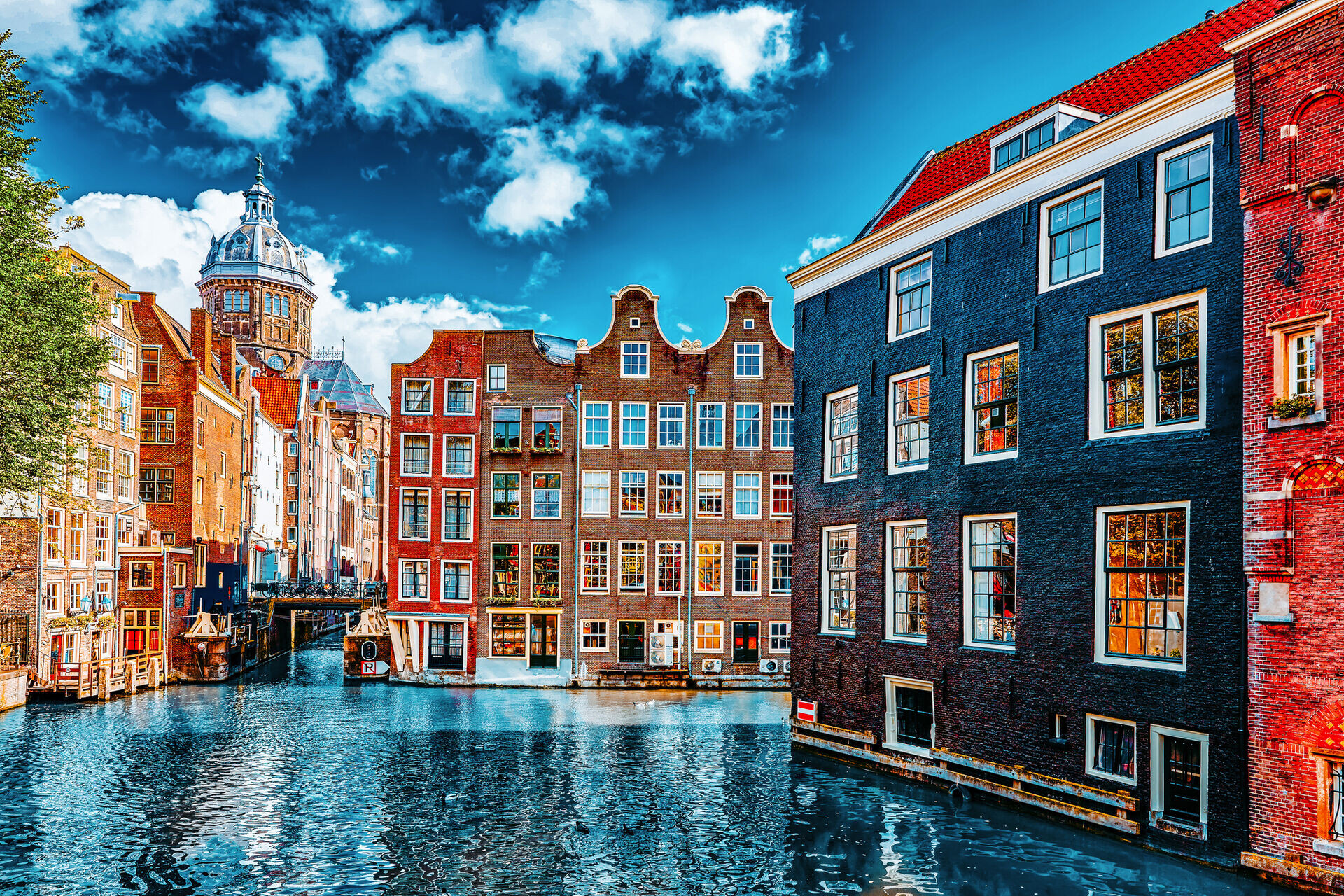
945€
price per person
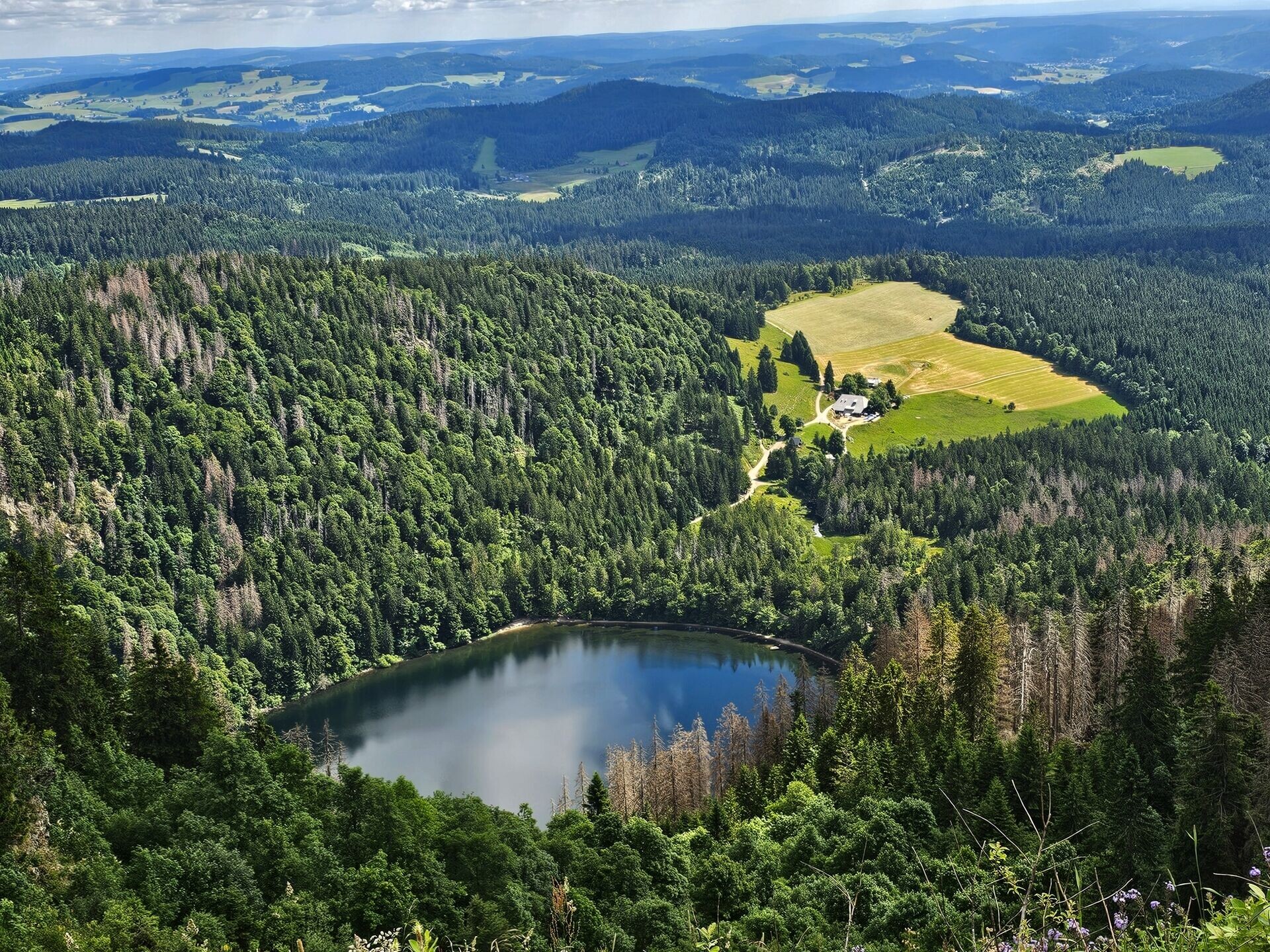
2265€
price per person
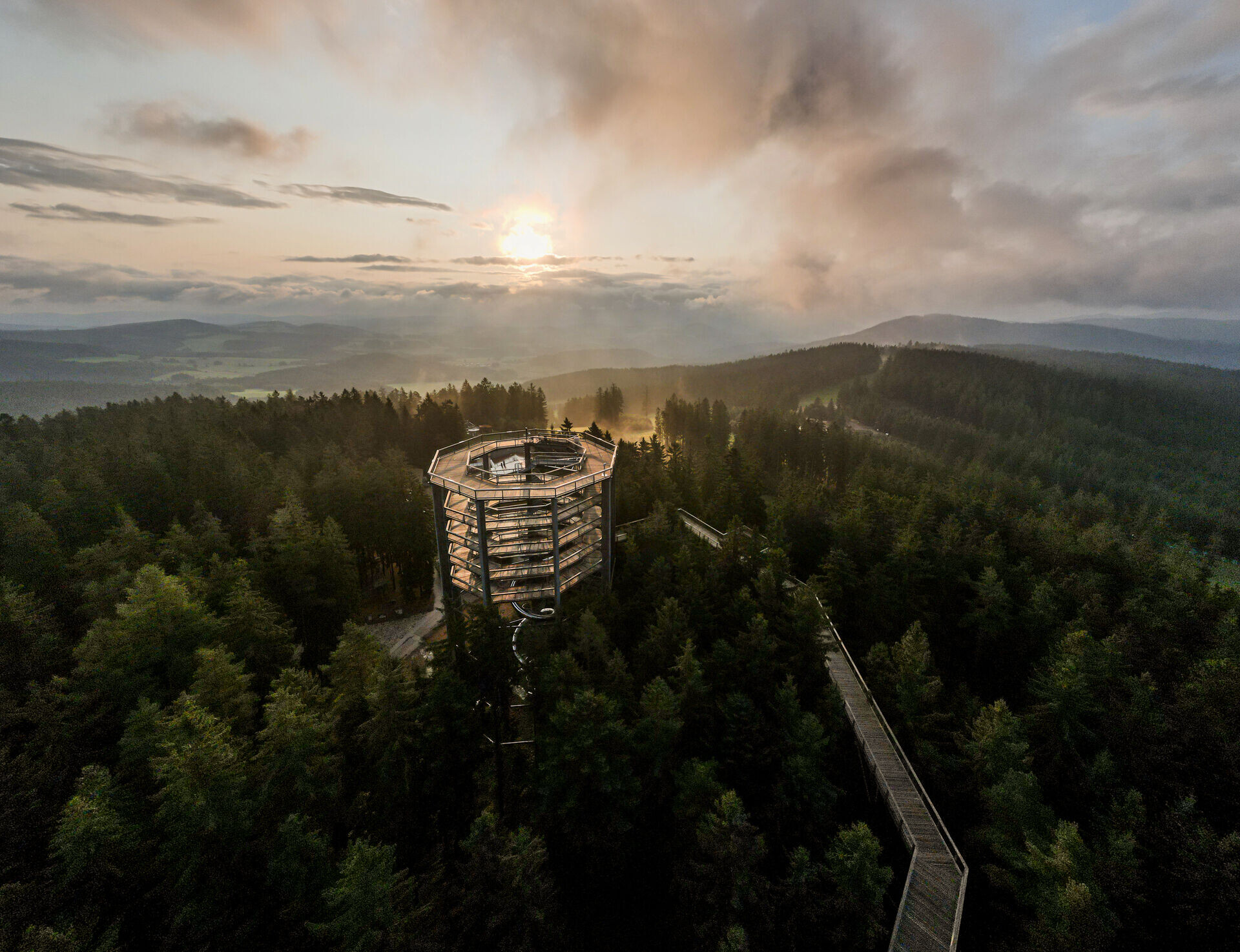
995€
price per person
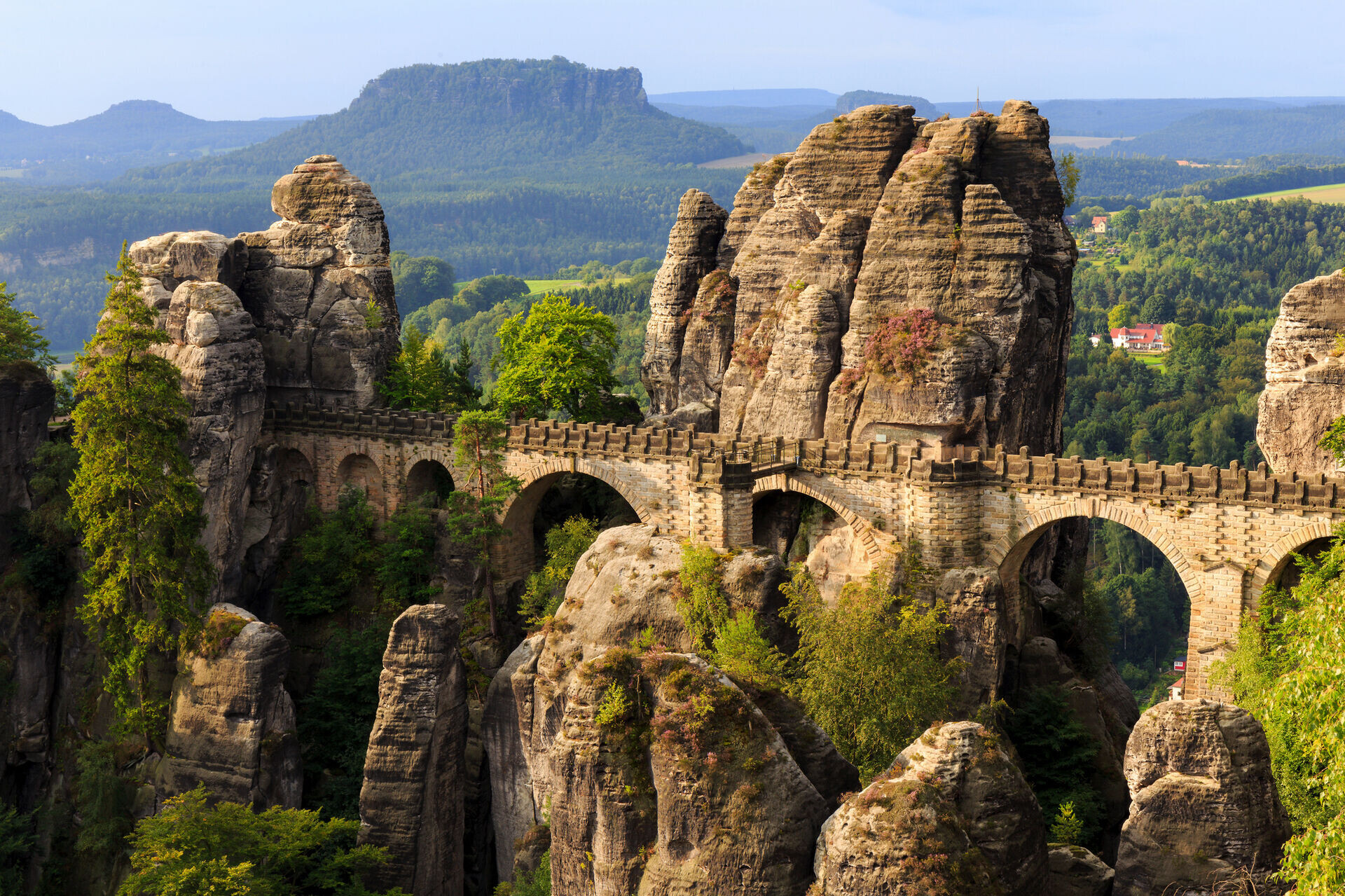
1530€
price per person
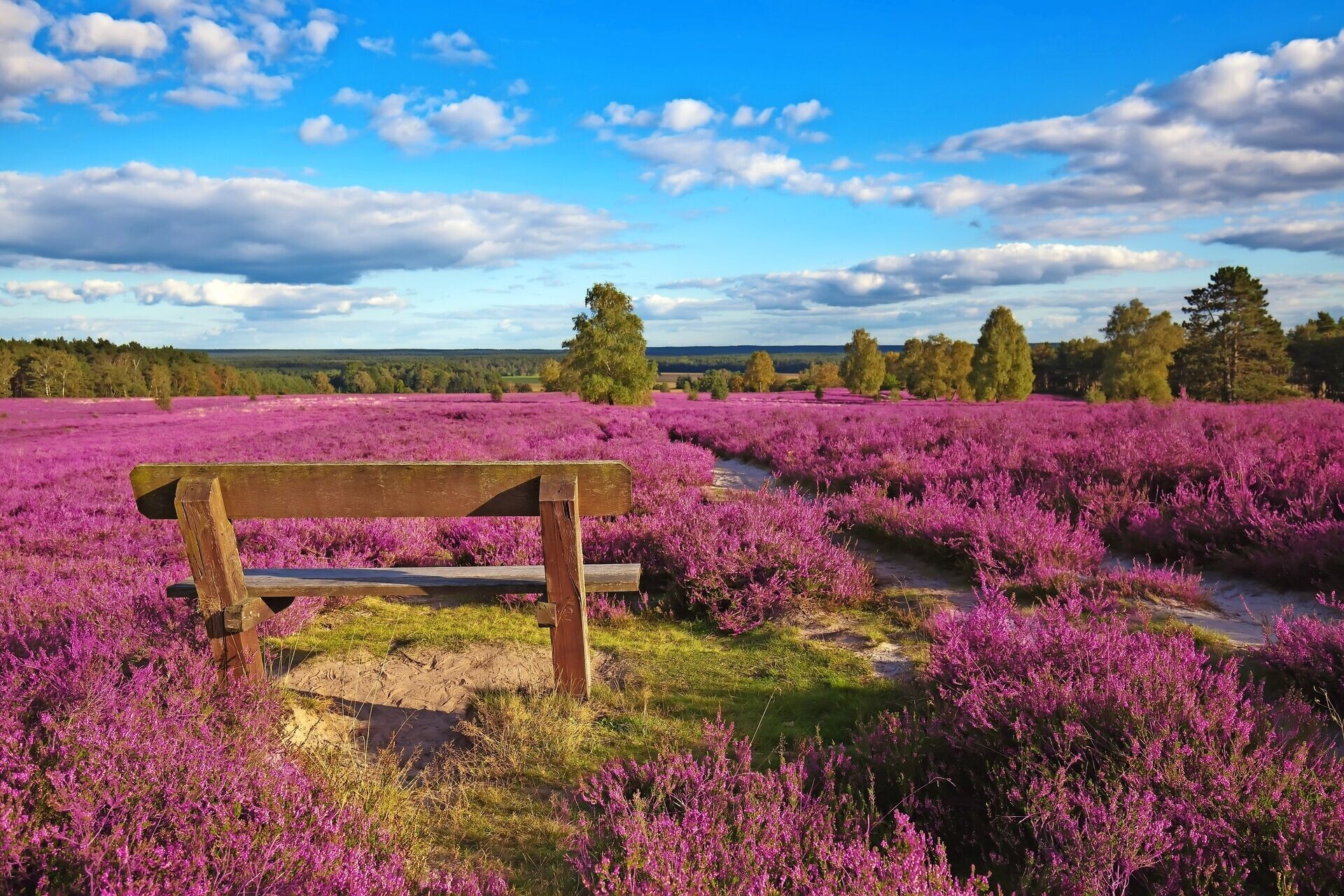
1190€
price per person

330€
price per person

1495€
price per person
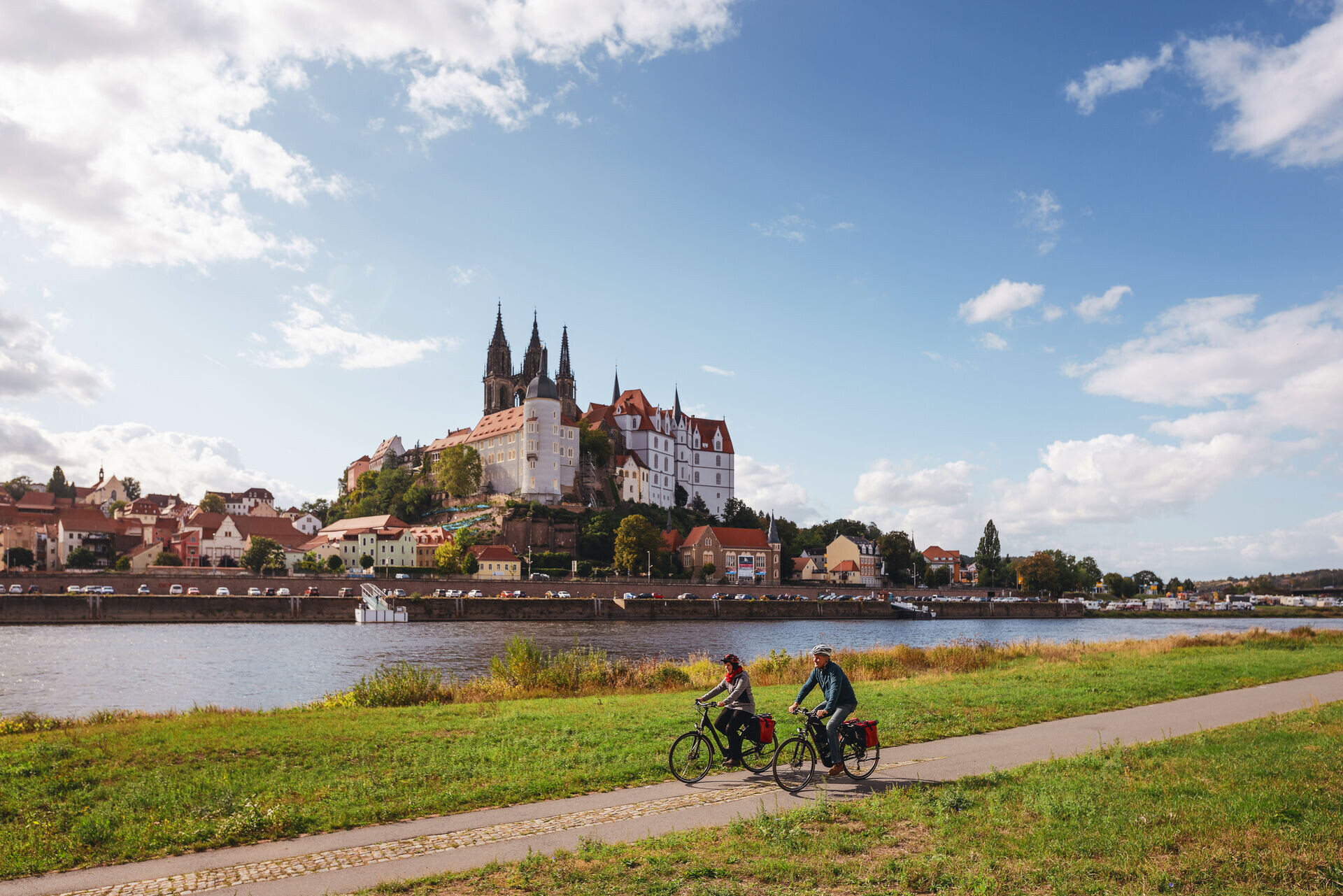
2550€
price per person
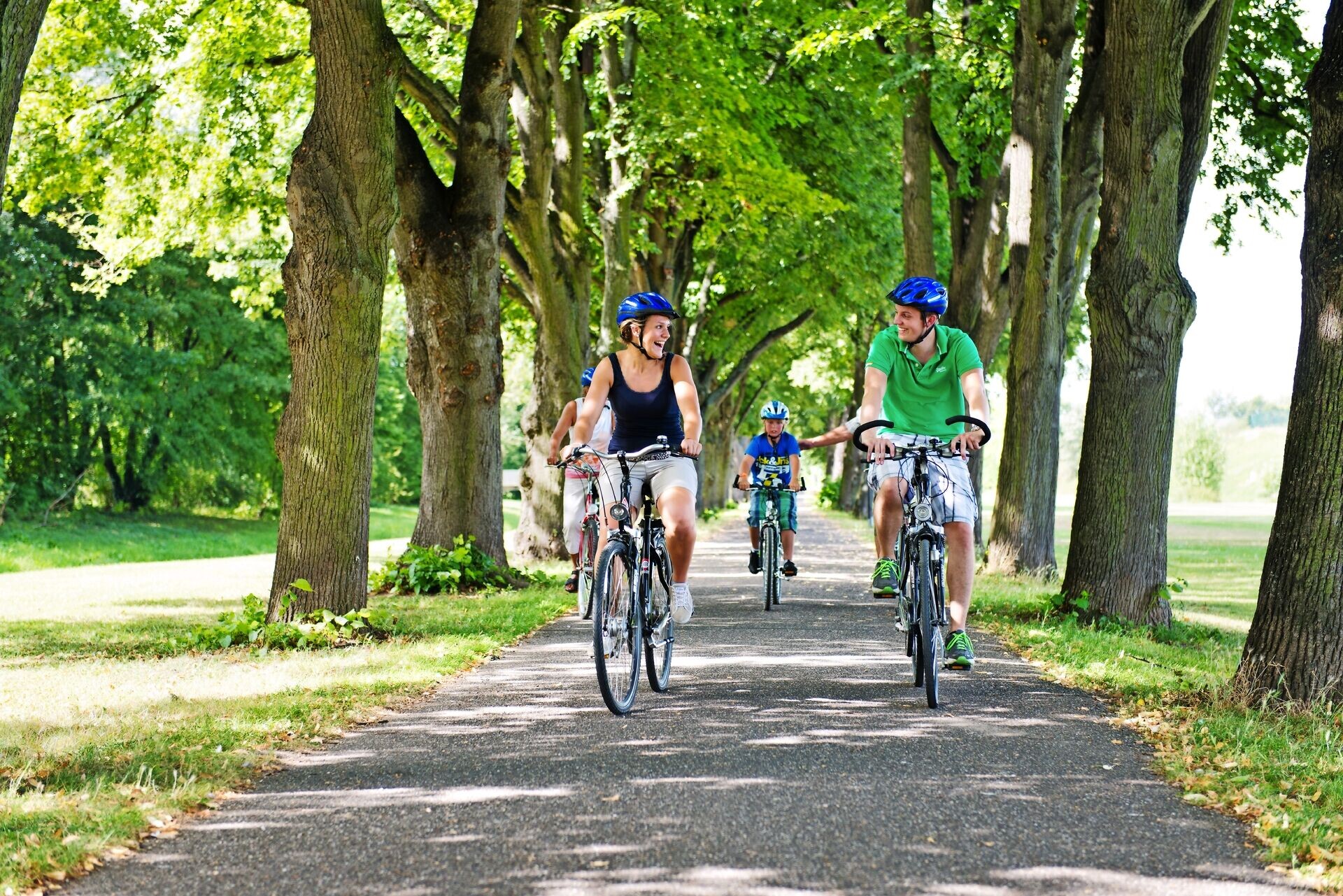
725€
price per person
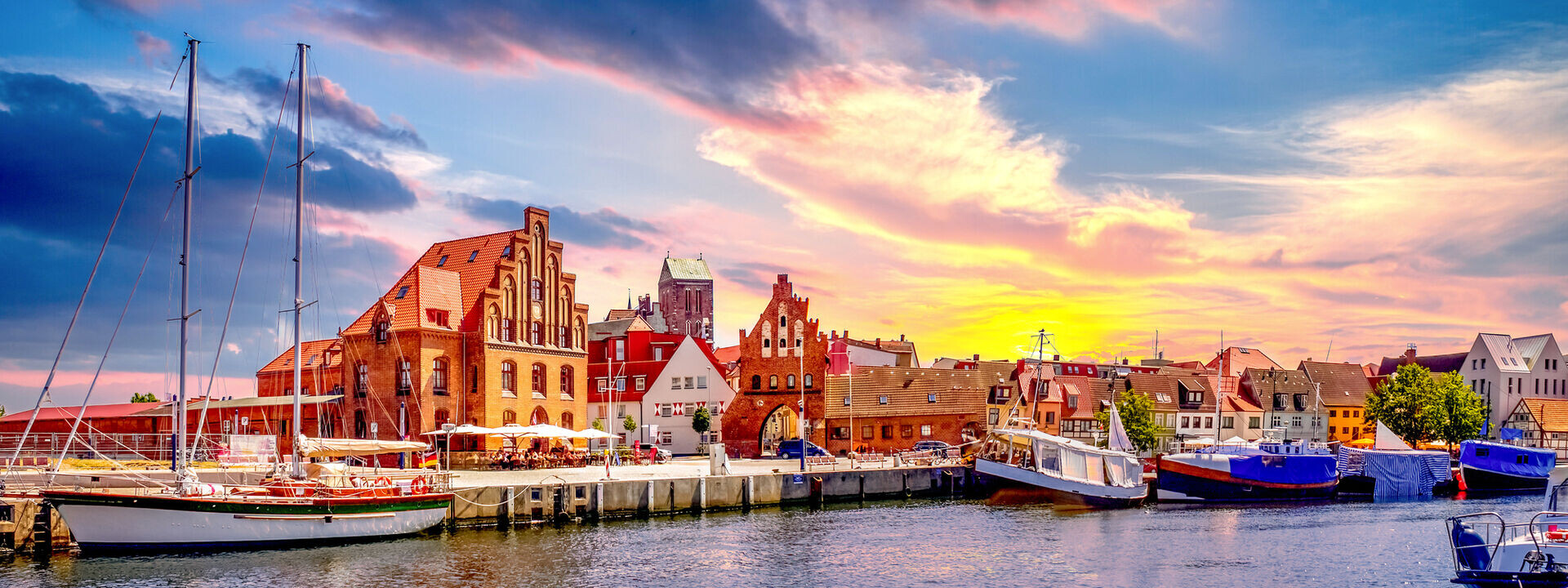
1785€
price per person
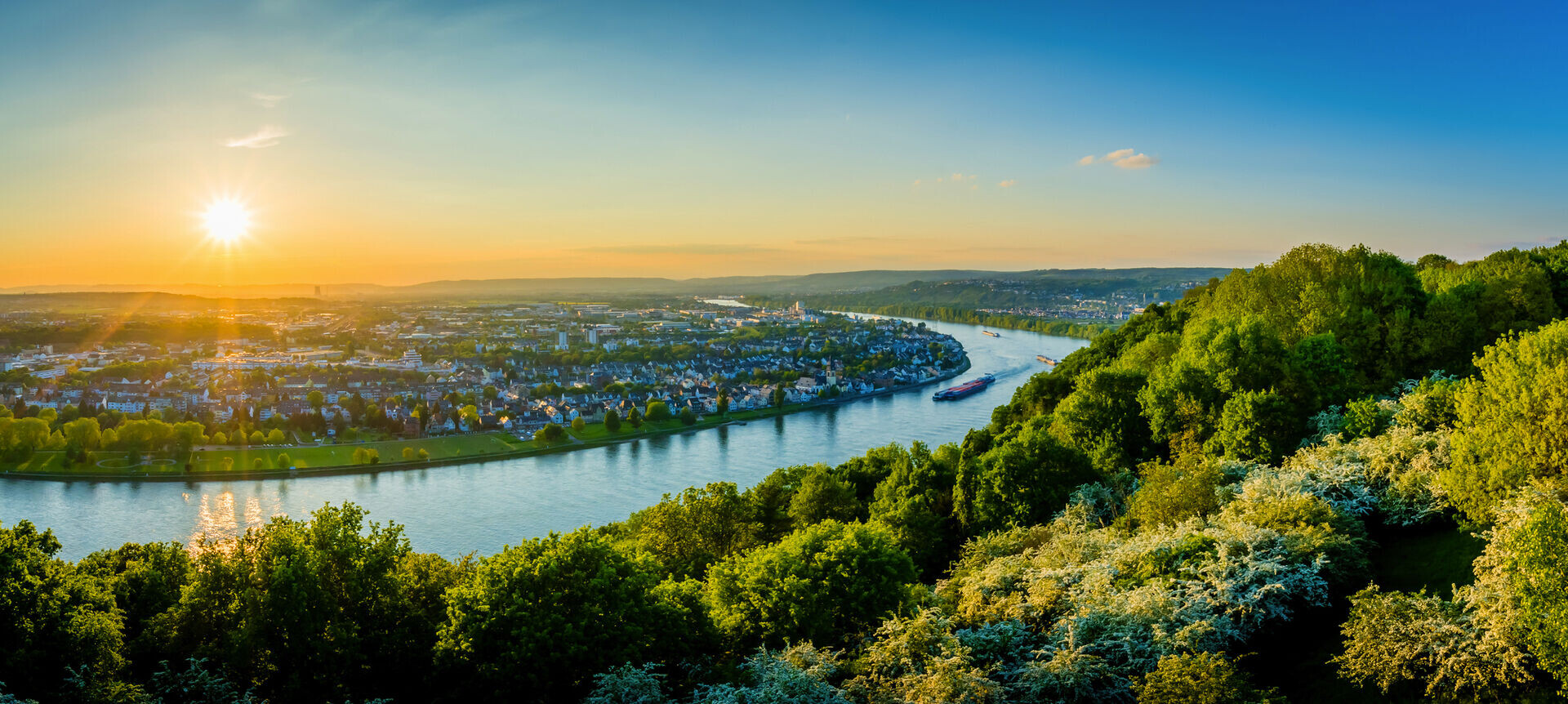
1445€
price per person

360€
price per person

625€
price per person
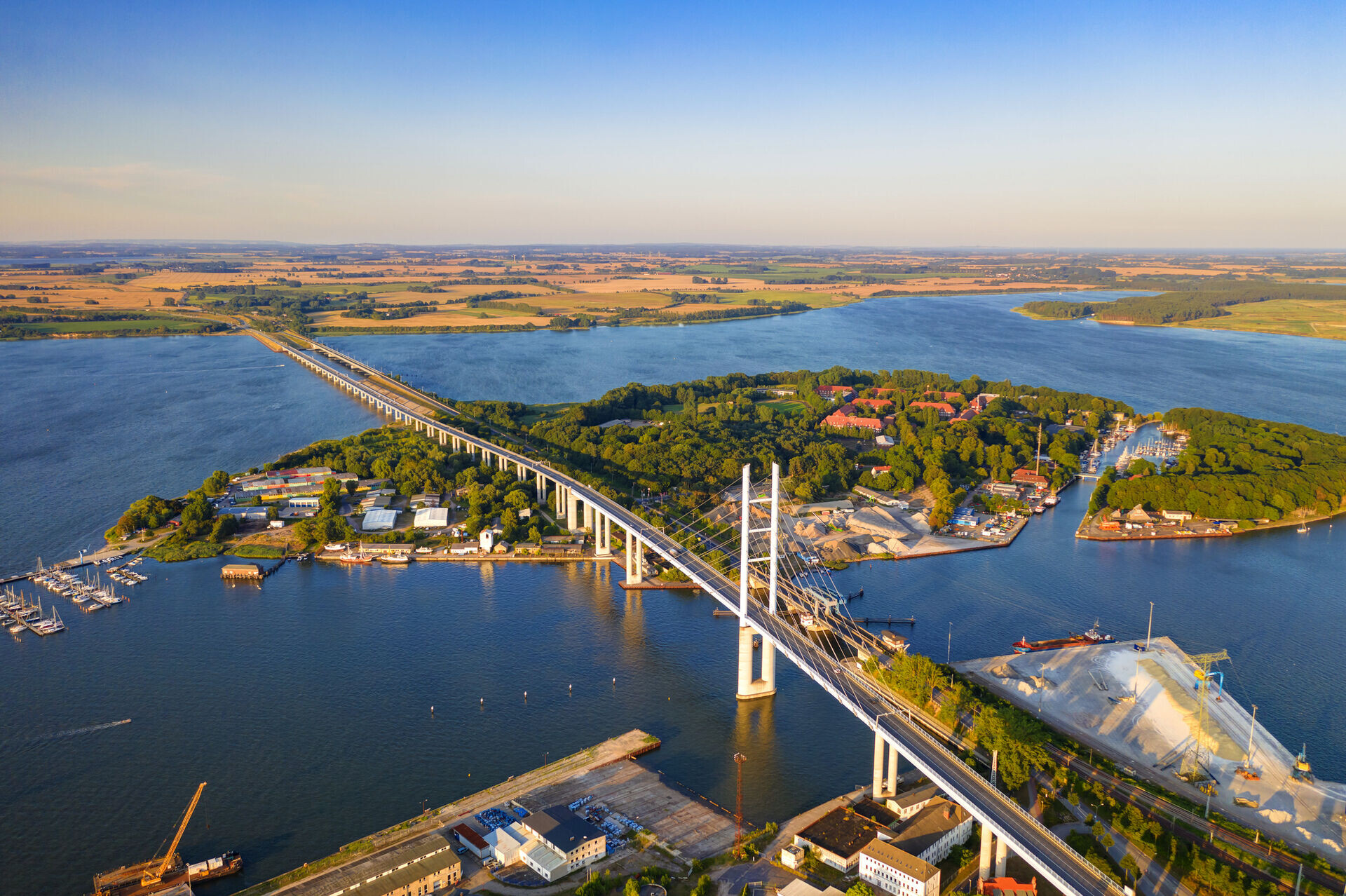
2090€
price per person
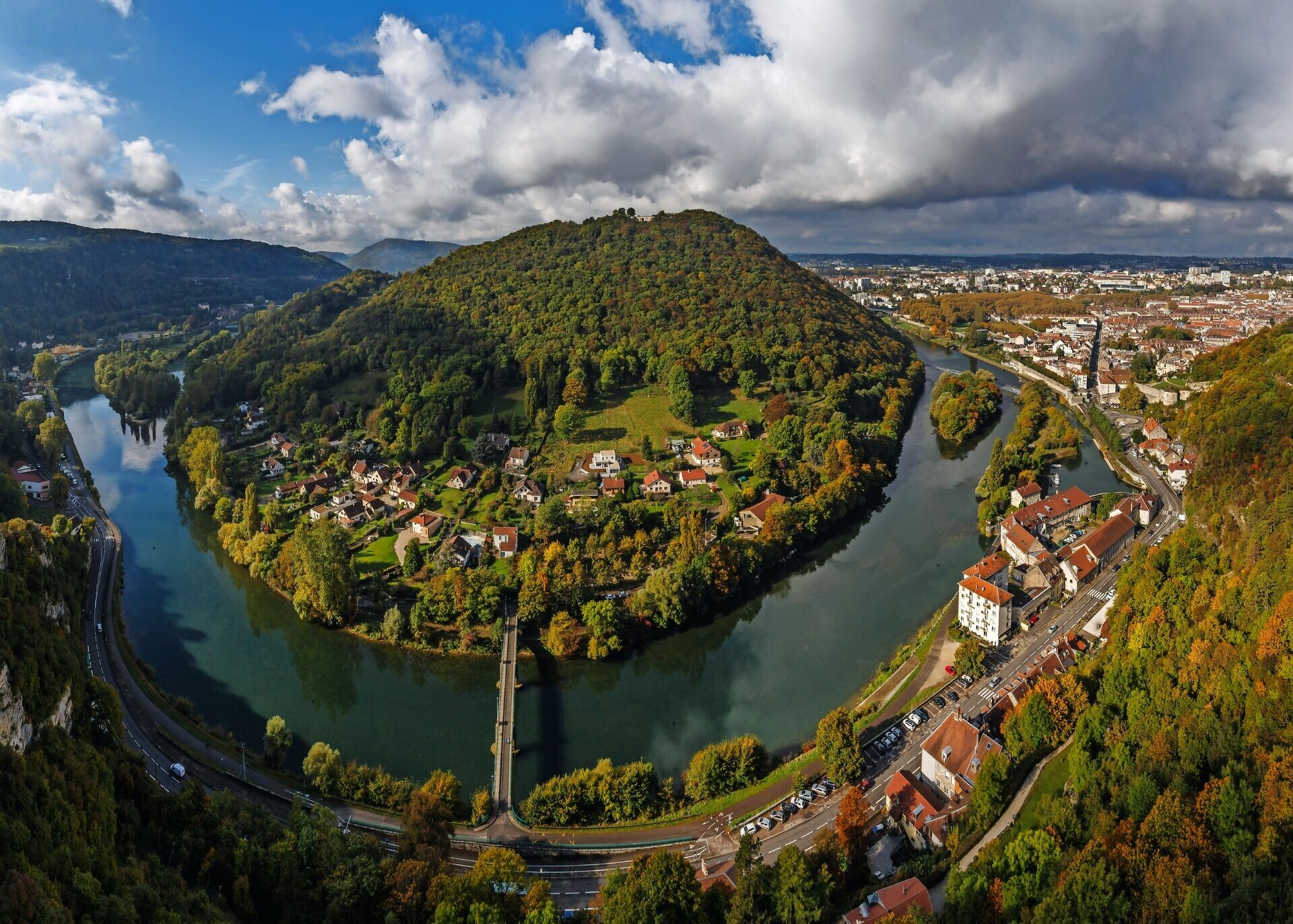
910€
price per person

625€
price per person
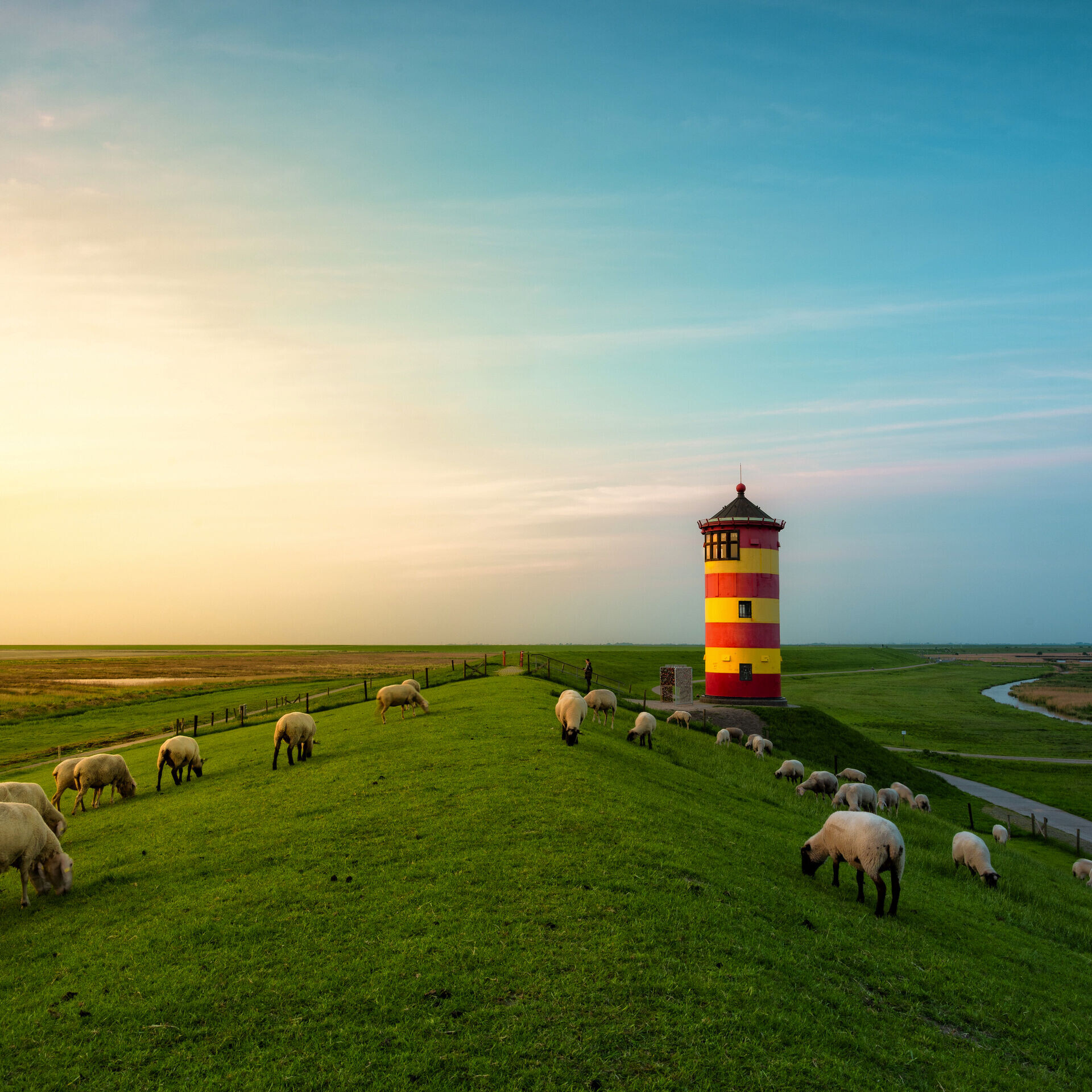
1985€
price per person

360€
price per person

360€
price per person
Germany is full of treasures to discover. Here is a selection of the most emblematic sites to explore during your trip:
Each region (Länder) in Germany has its unique charm: from the Baltic coast to the Bavarian Alps, through cultural metropolises and wine regions.
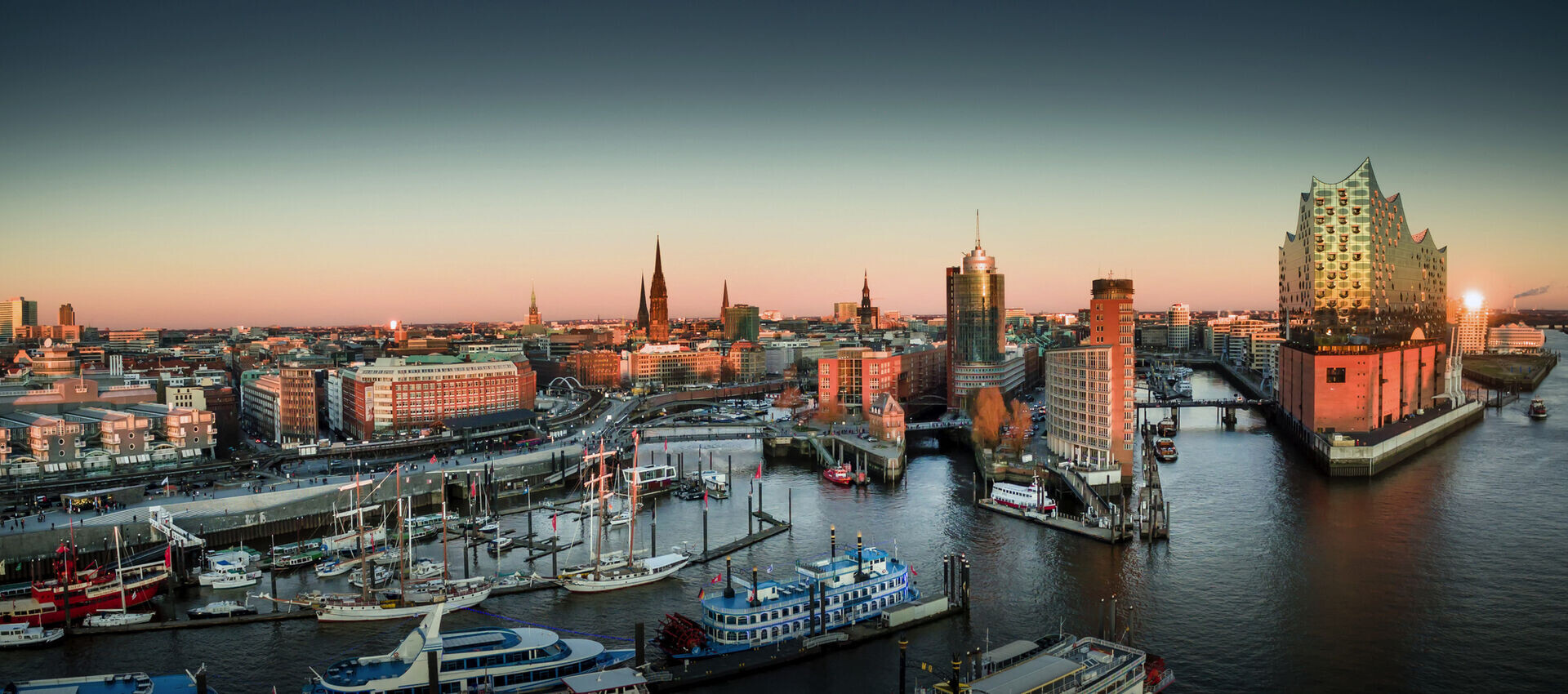
Germany is famous for its beautiful and characterful cities.
Here is an overview of the must-see cities:
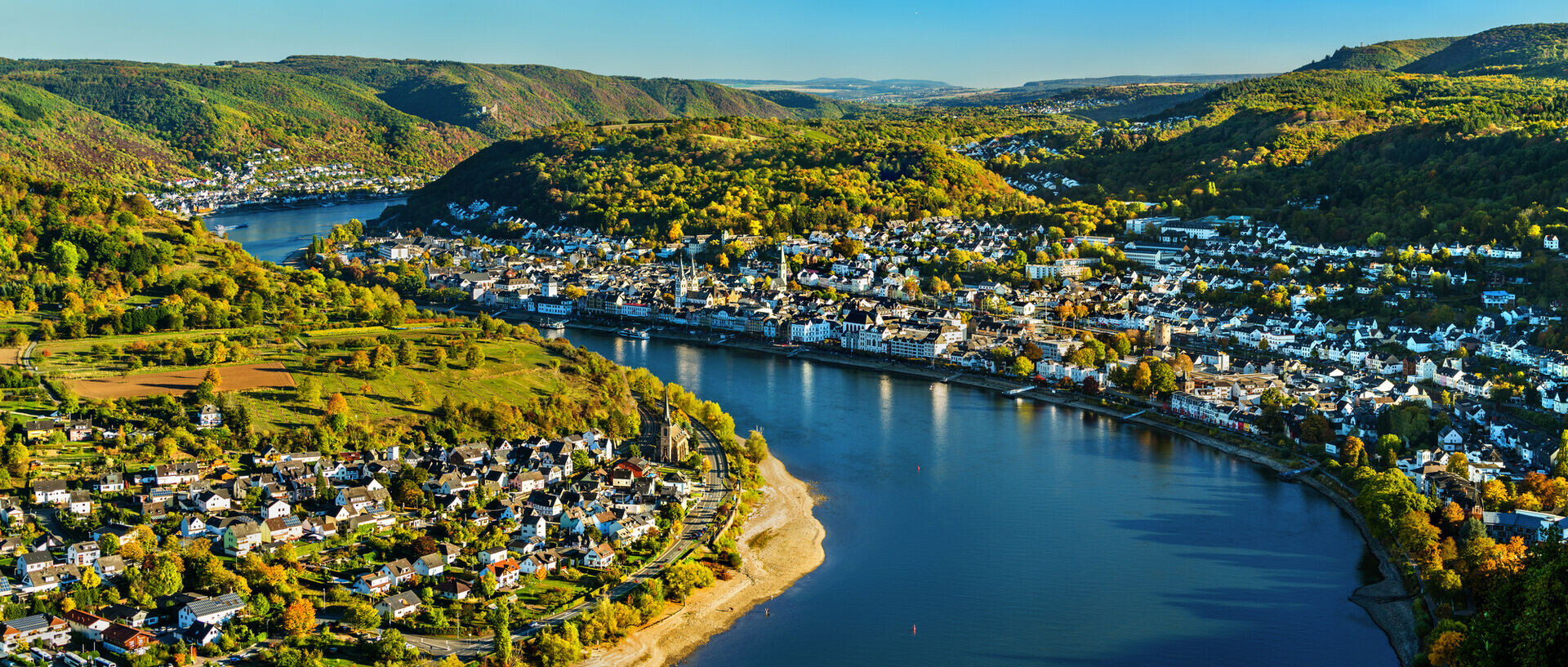
Germany has a temperate continental climate, with well-marked seasons.
The best time to visit depends on the planned activities. Summer (June-August) is popular for good weather, while December is magical for Christmas markets.

Get ready for hearty and tasty cuisine! German gastronomy is much more than sausages and beer; it is rich in regional specialties. Here is an overview of the delights that await you:
Each region of Germany has its culinary specialties, offering surprising diversity.
The ideal itinerary will depend on your desires, the length of your stay, and your interests.
Our advisors are at your disposal to create a bespoke itinerary adapted to your dreams.
Germany has an impressive number of different dialects, with the northern “Plattdeutsch” being very different from the Bavarian dialects in the south. Despite this, standard German (Hochdeutsch) is understood everywhere.
The official currency is the Euro (€). Credit cards (Visa, Mastercard, Maestro/EC-Karte) are widely accepted. However, it is always useful to have some cash, especially for small shops, markets, or some more traditional cafés/restaurants. Germany does not have a legal limit for cash payments, but for amounts over 10,000 euros, identification may be requested.
The inhabitants of Germany are called Germans.
The official language is German. English is widely spoken, especially by the younger generations and in tourist areas, but knowing a few words of German will be appreciated.
In Germany, electrical plugs are type F (Schuko). The standard voltage is 230V and the frequency is 50Hz. If you are coming from a country using this type of plug (like France or Luxembourg), you will not need an adapter.